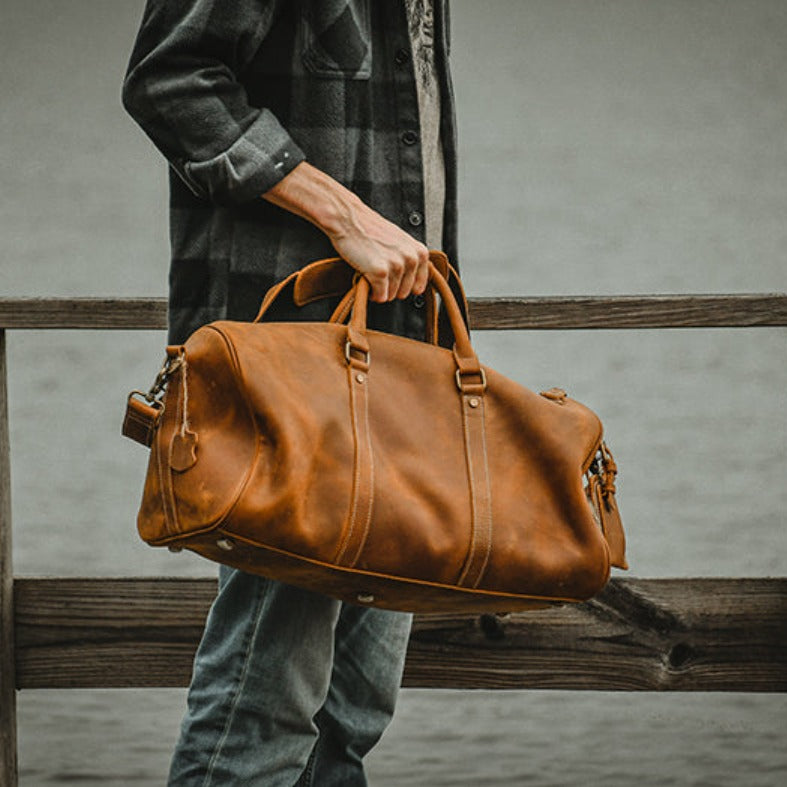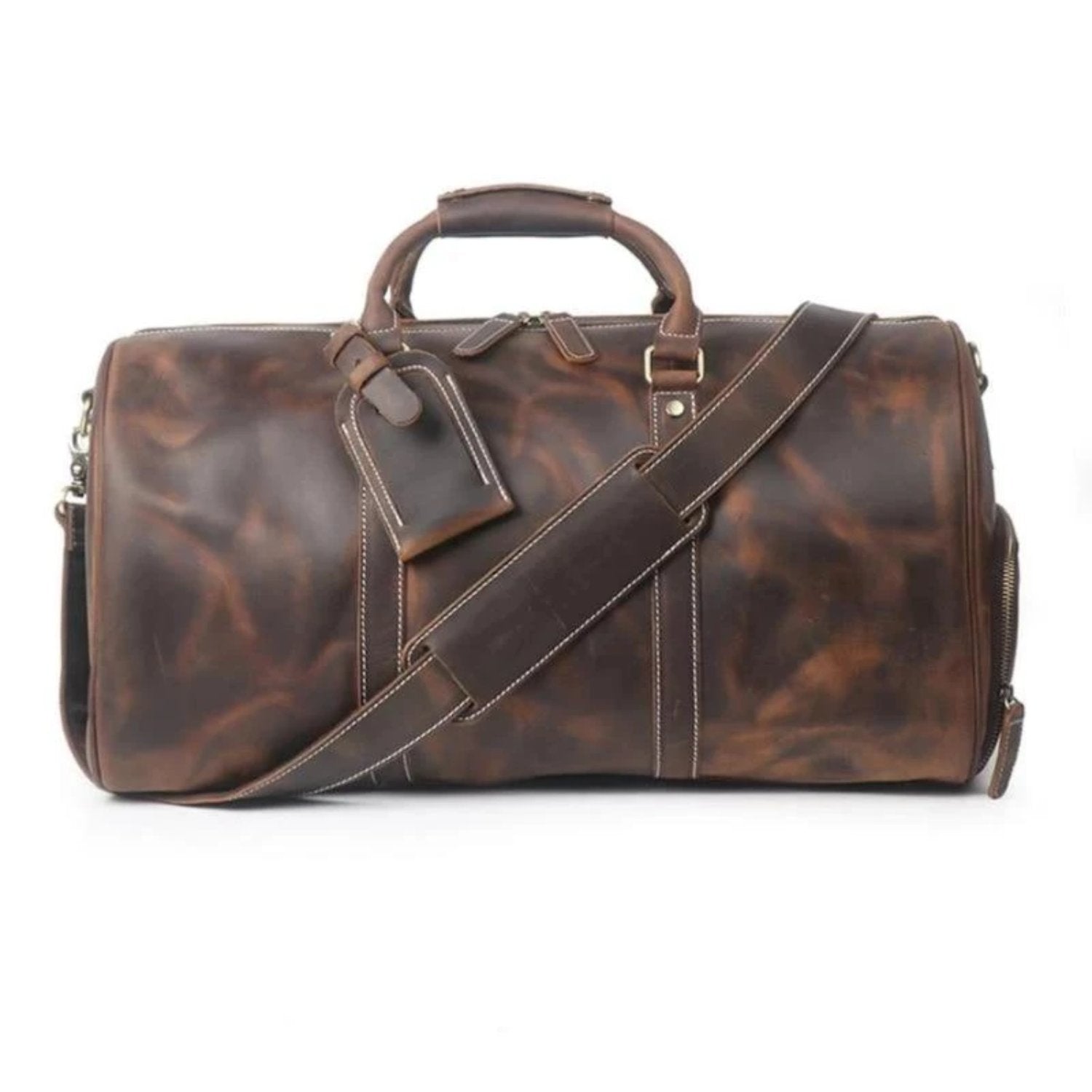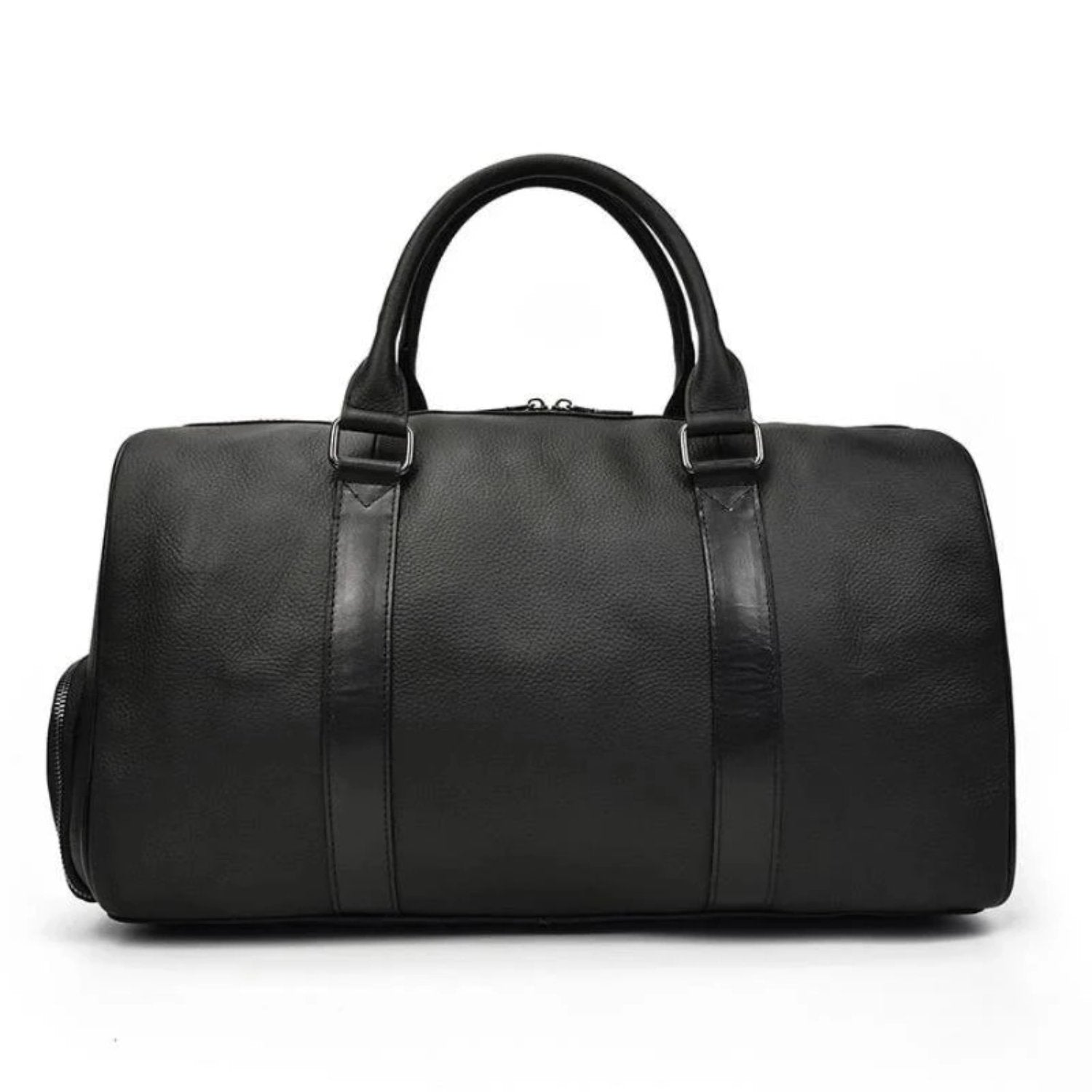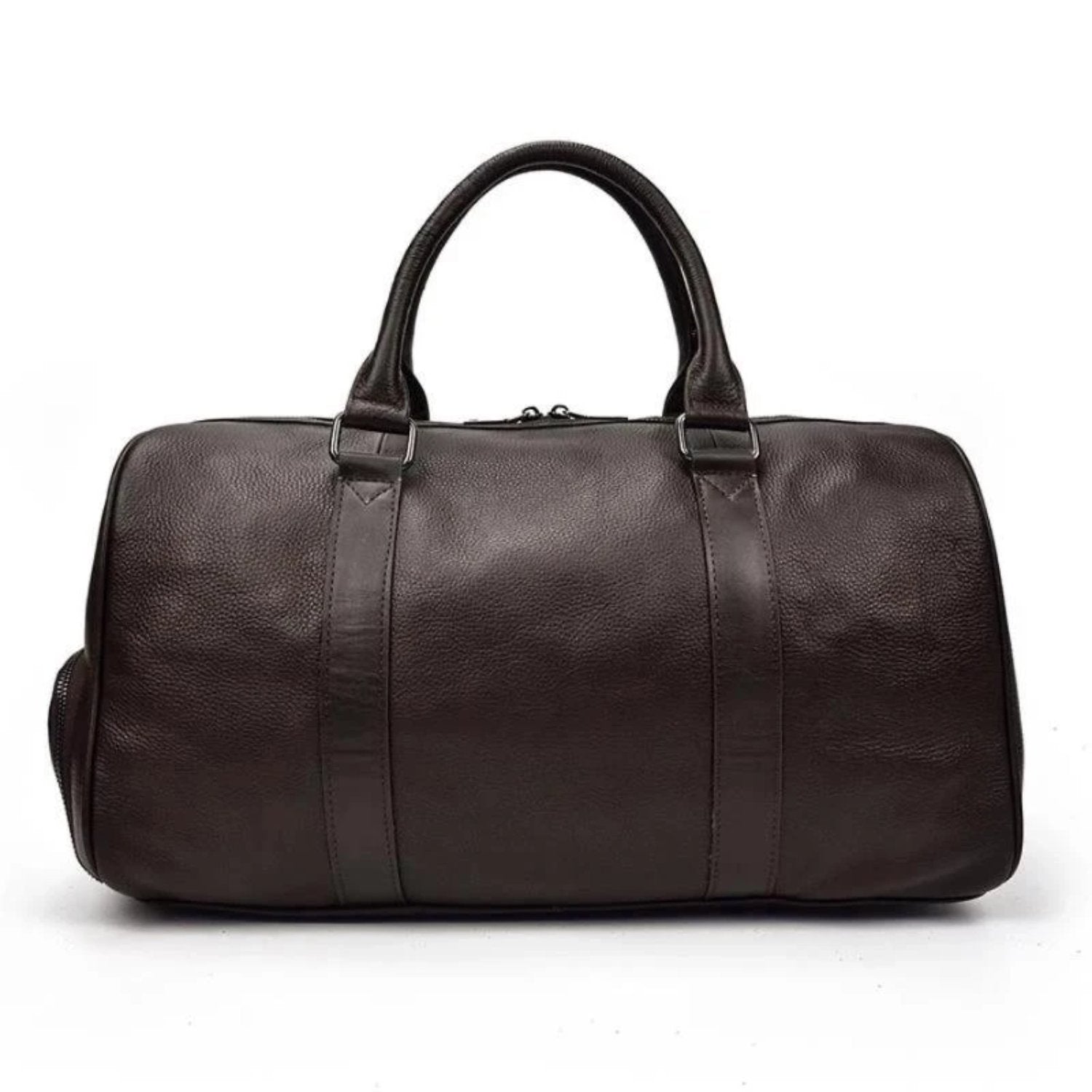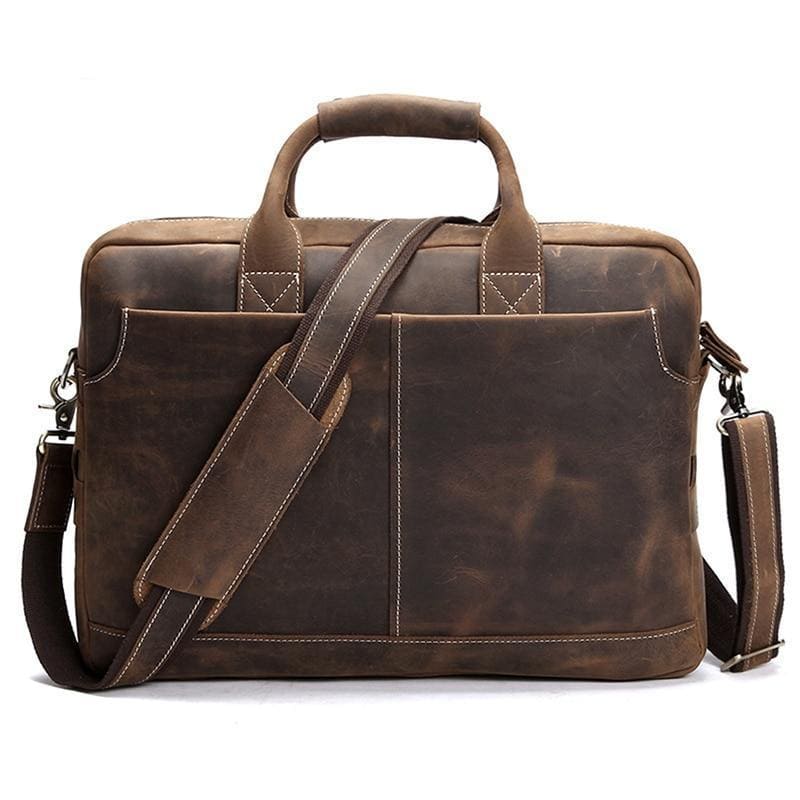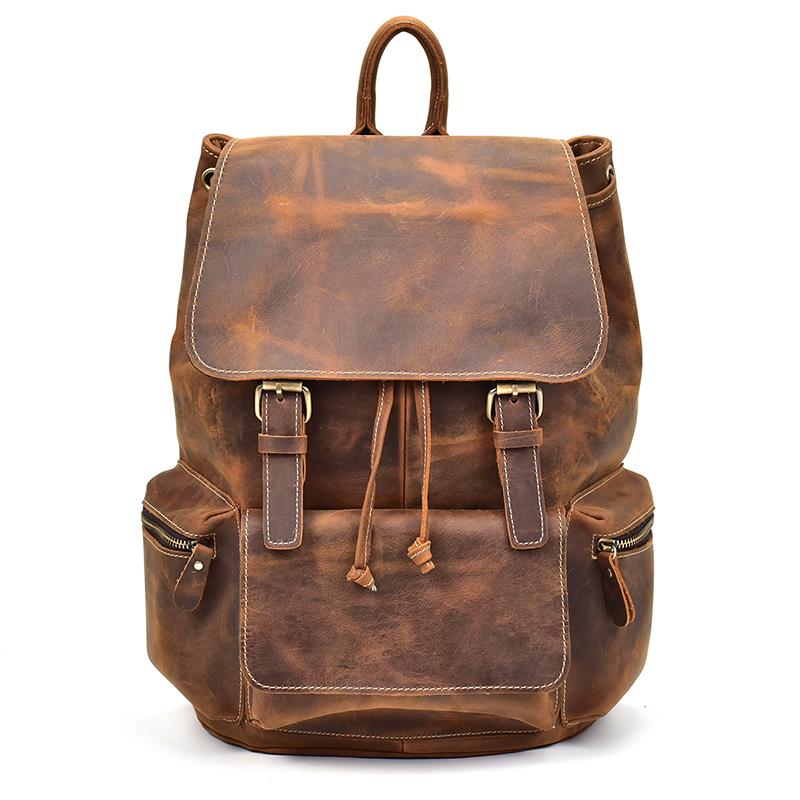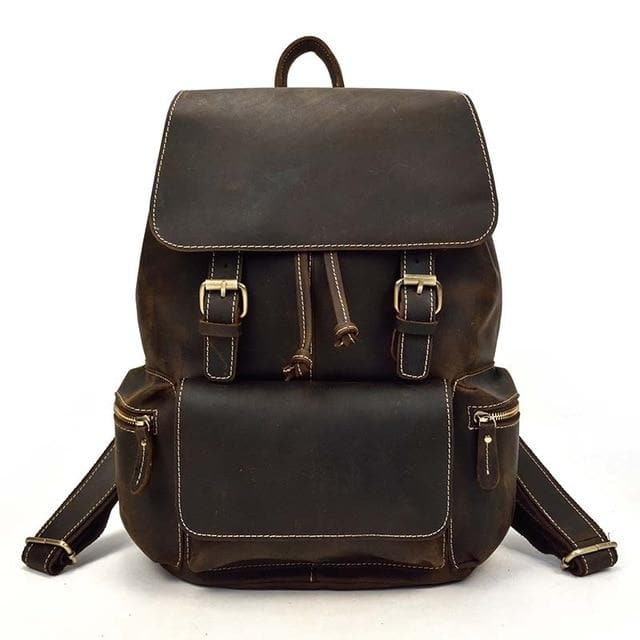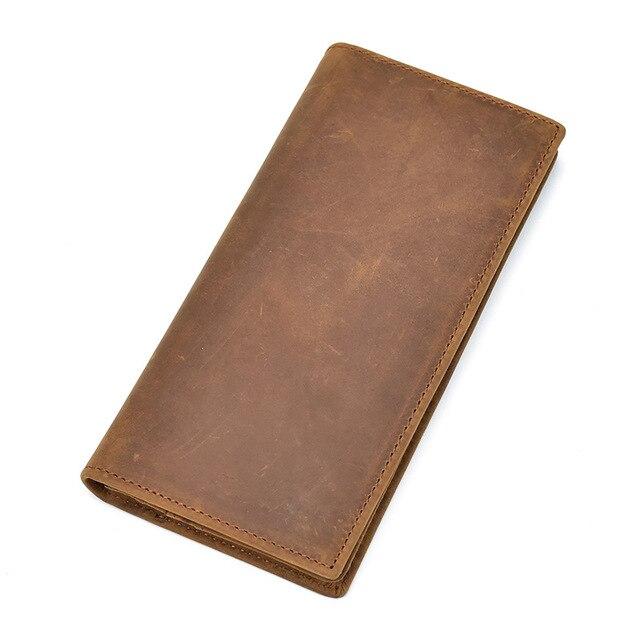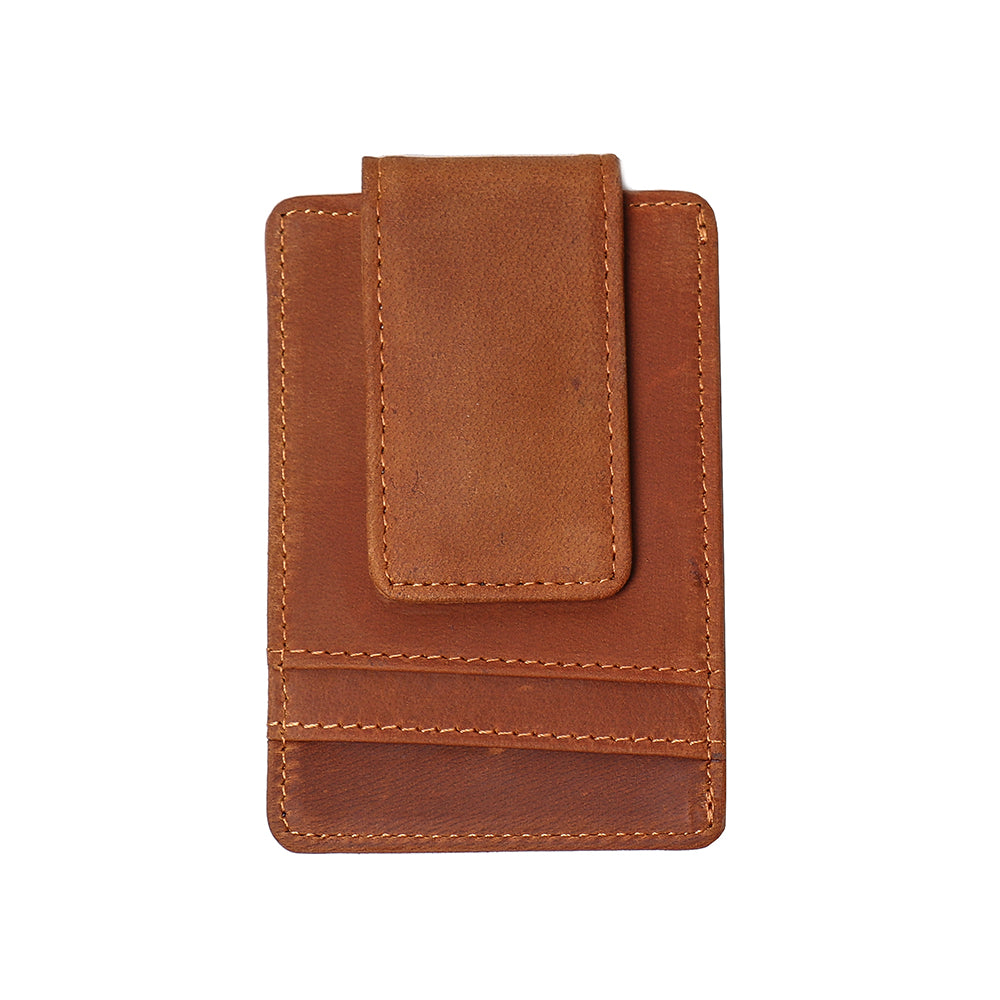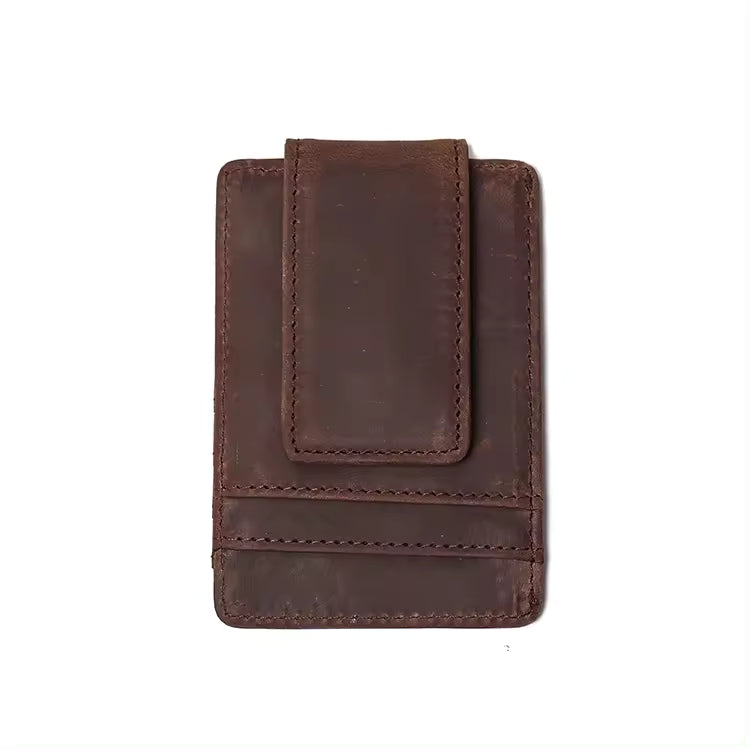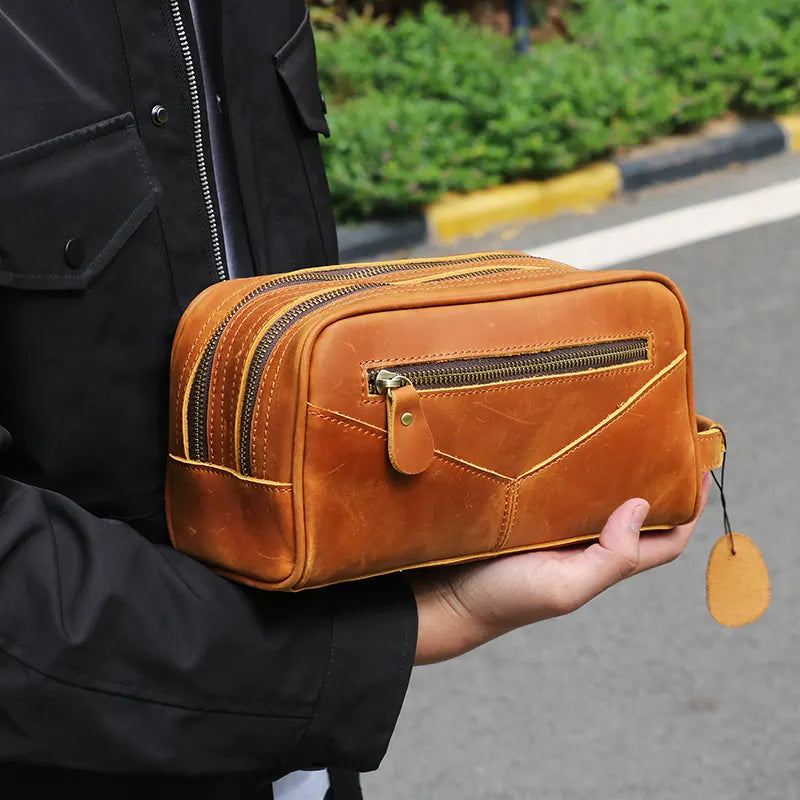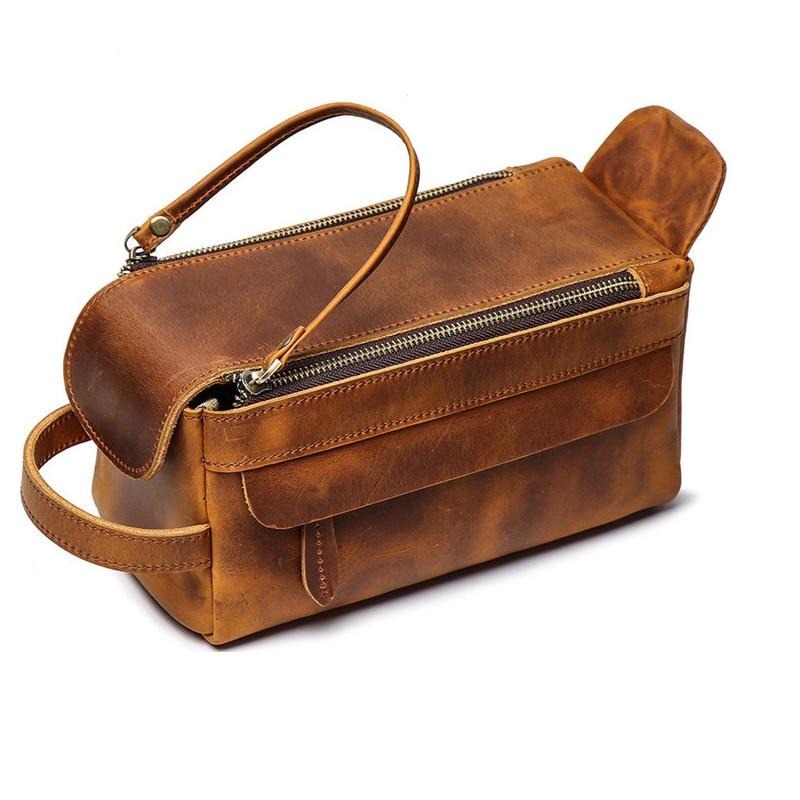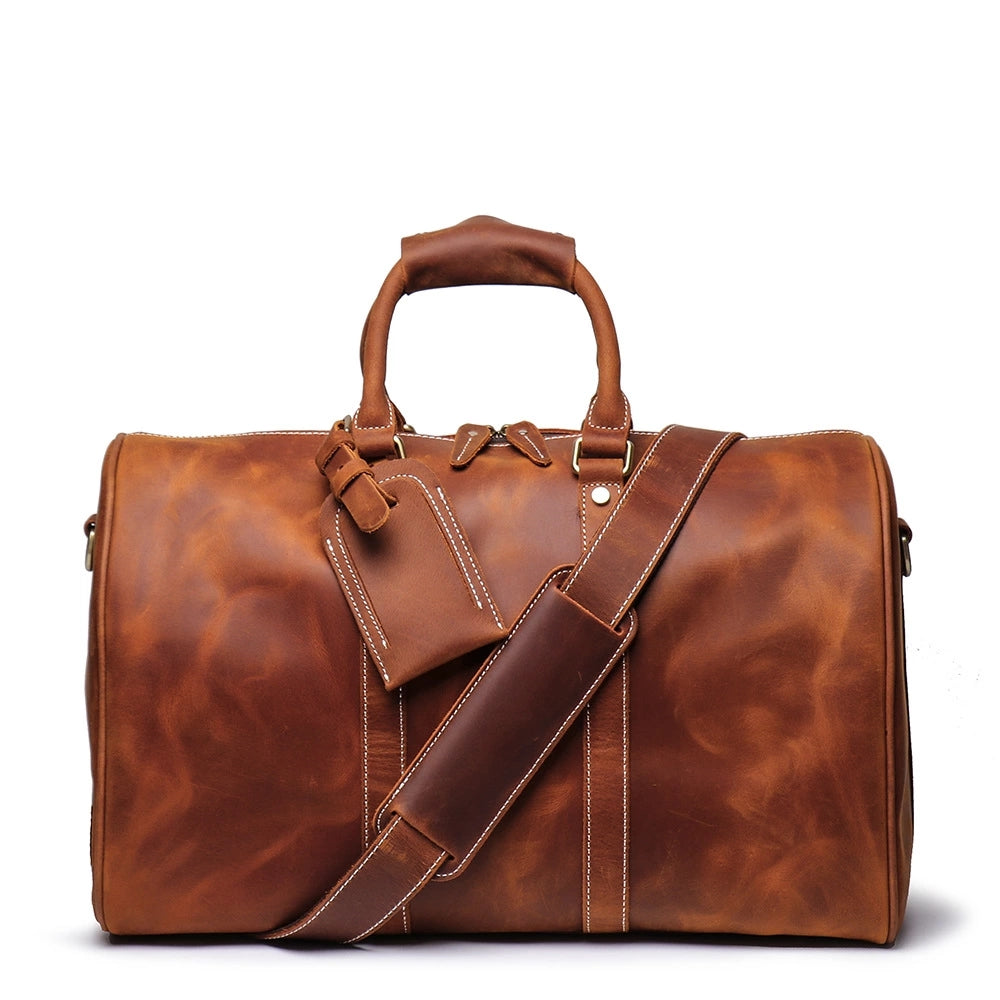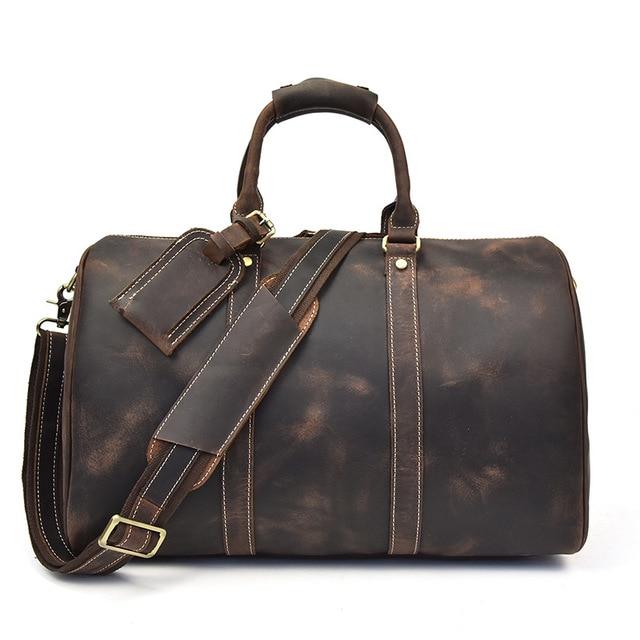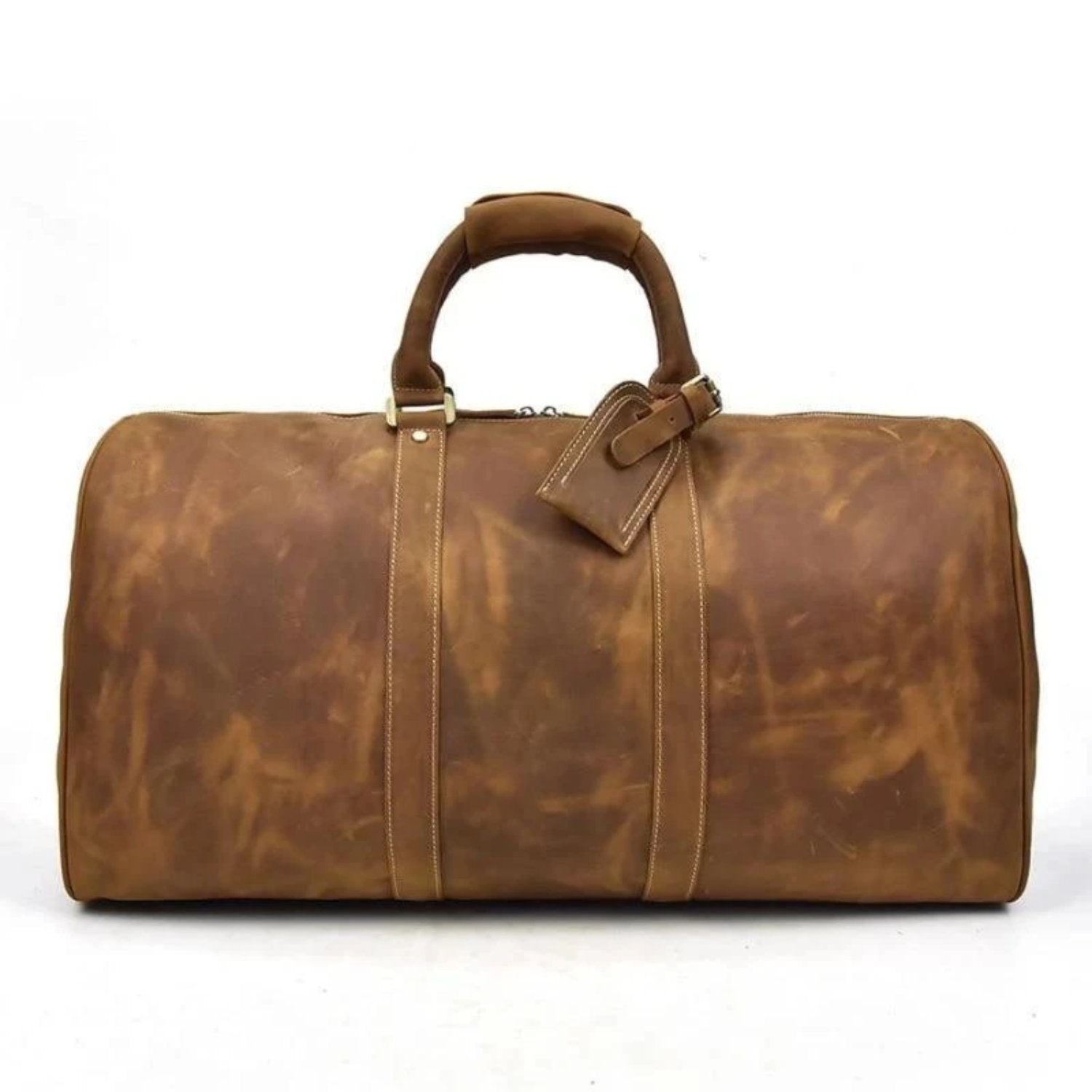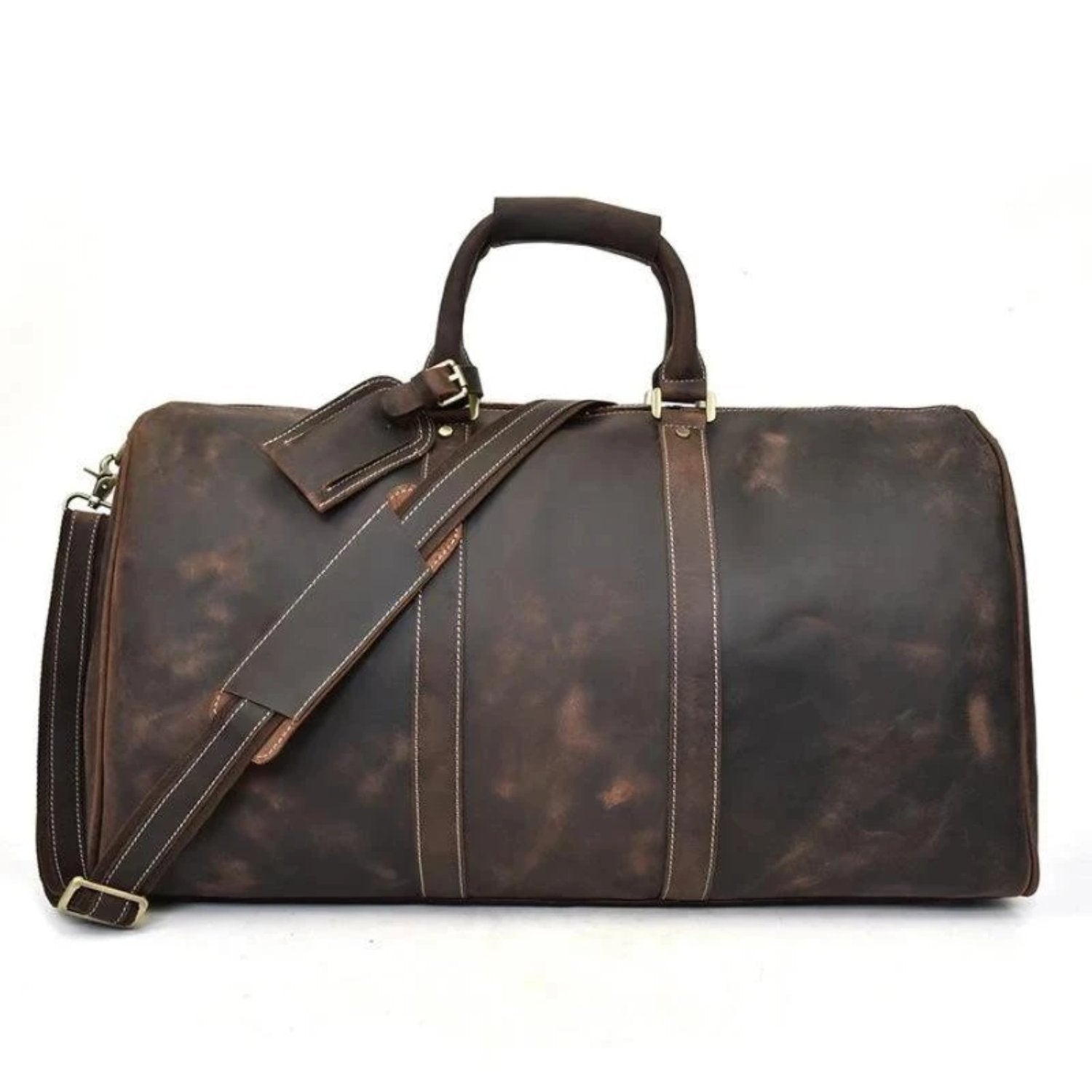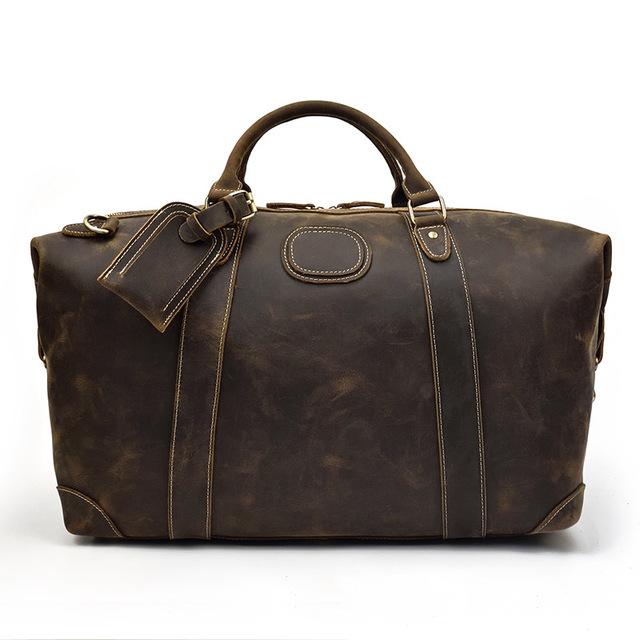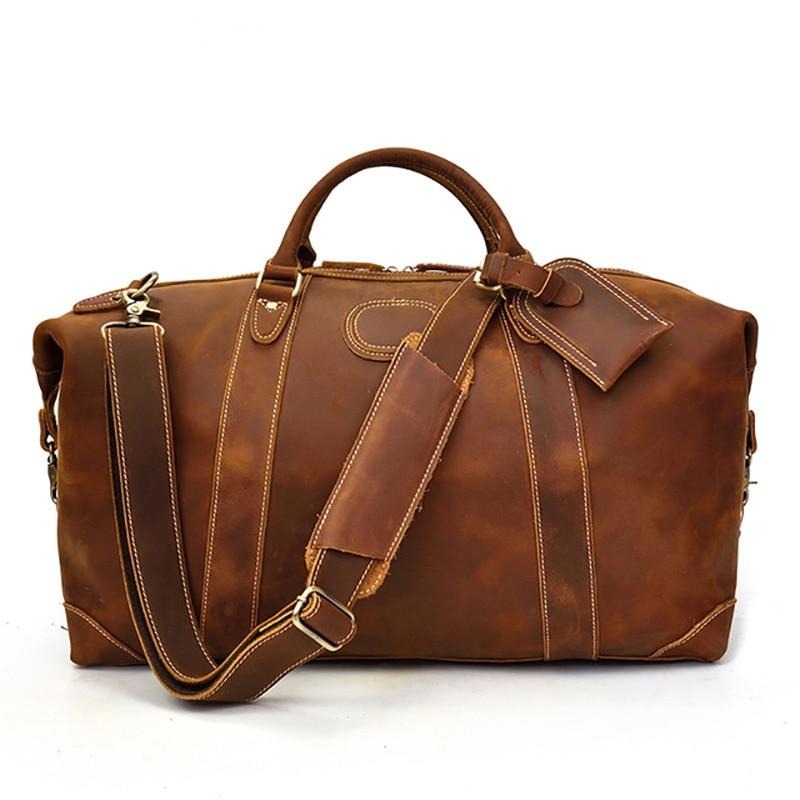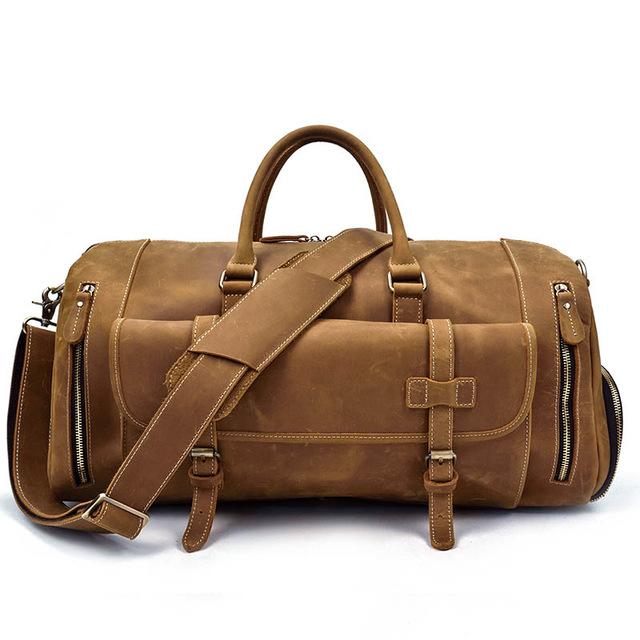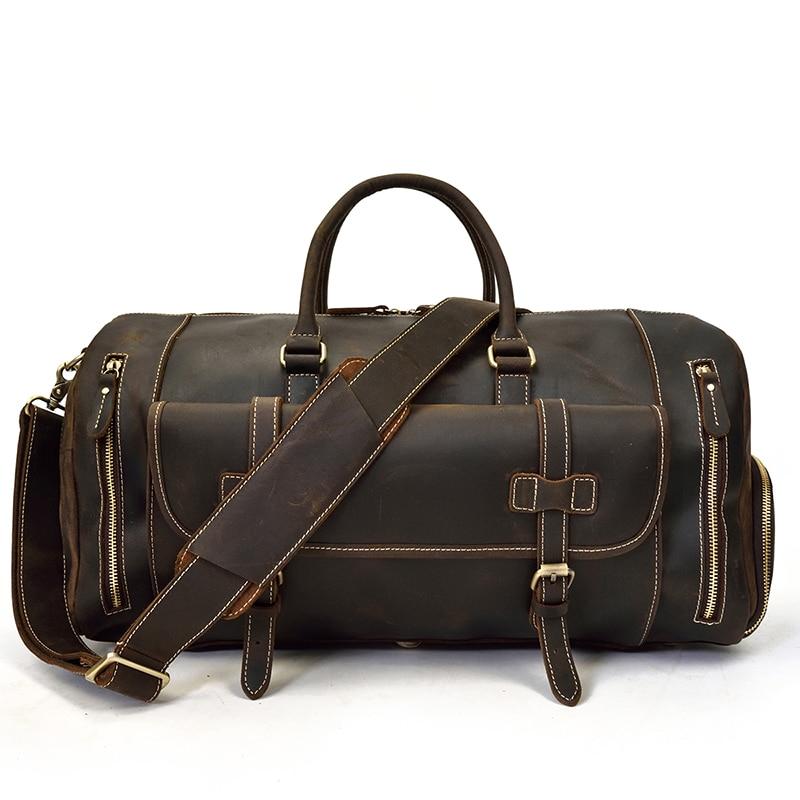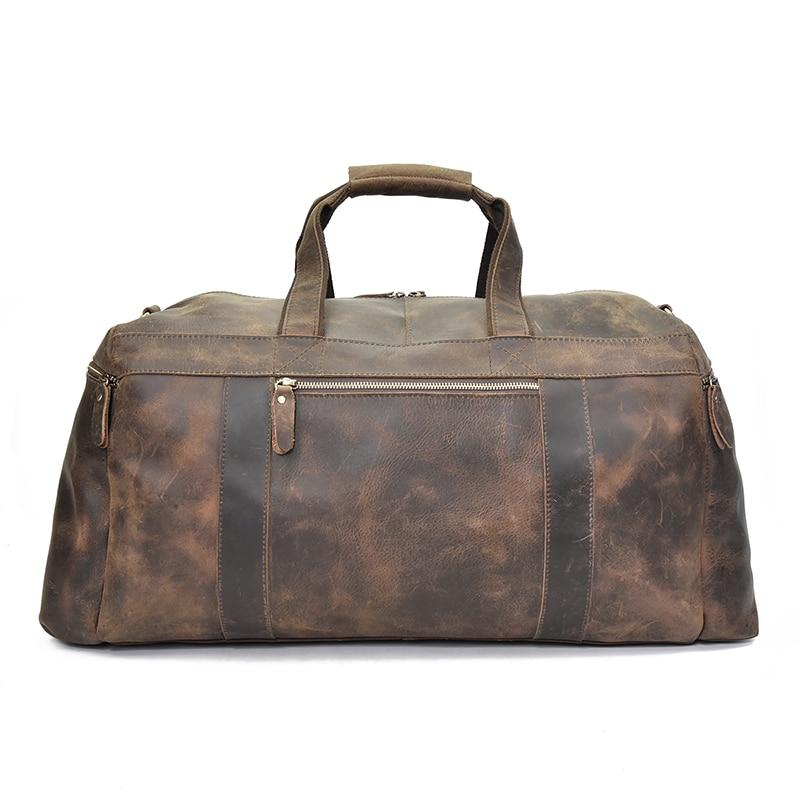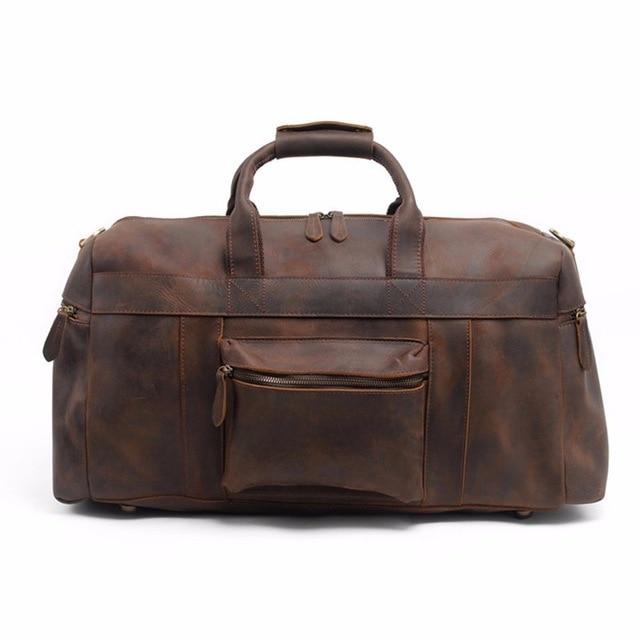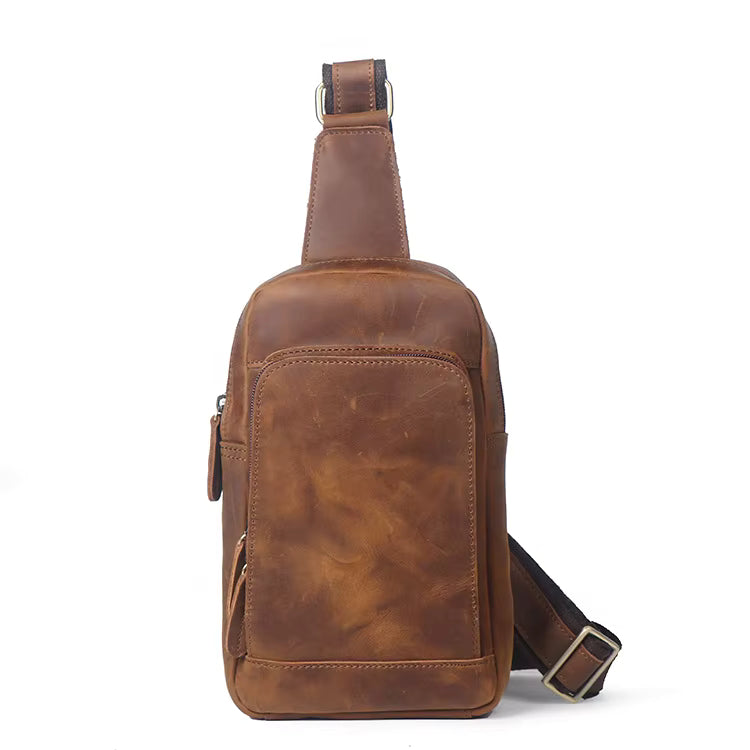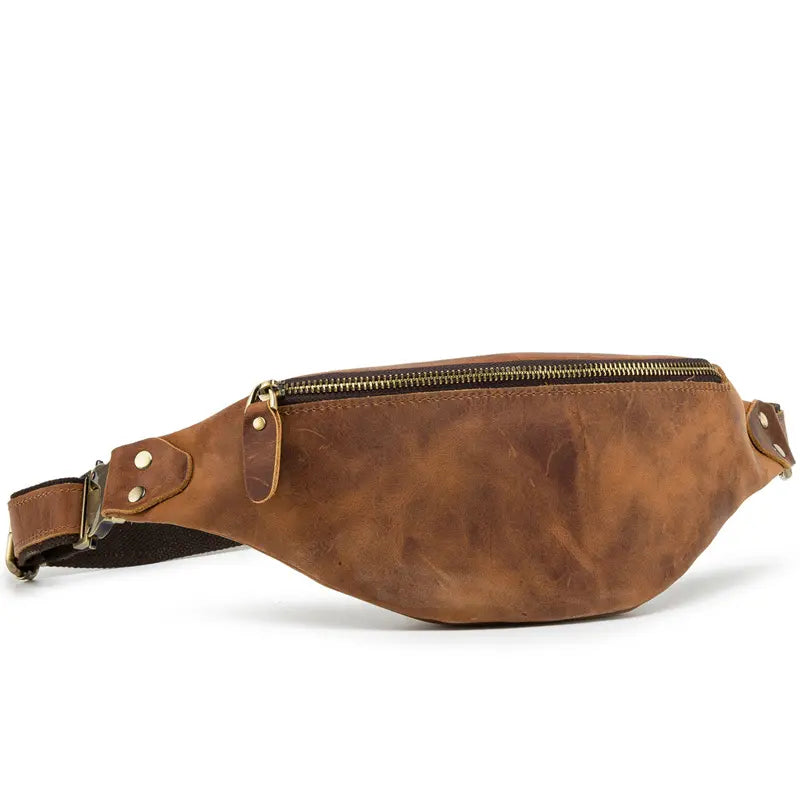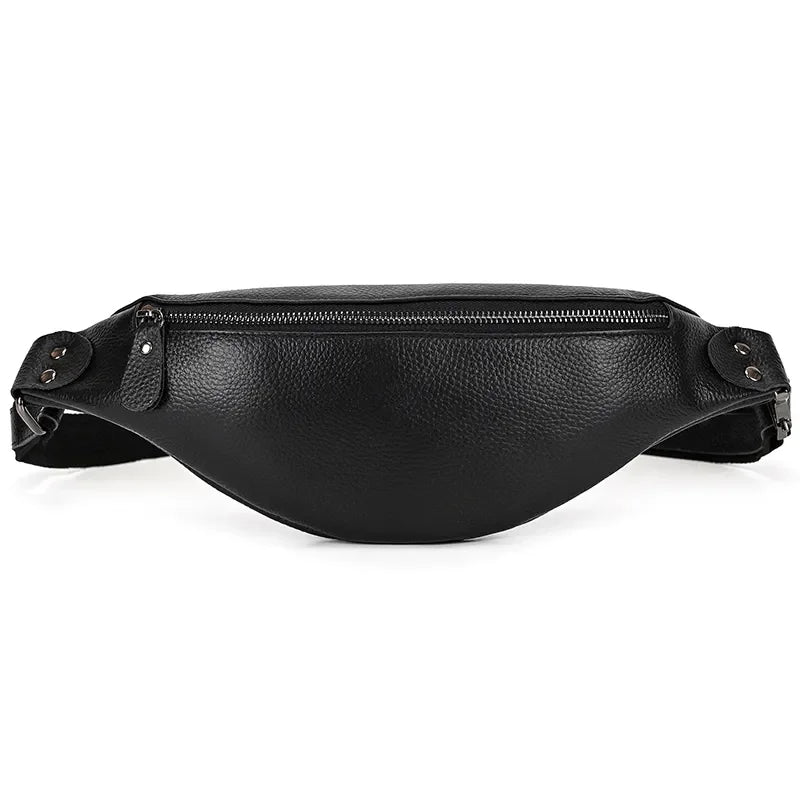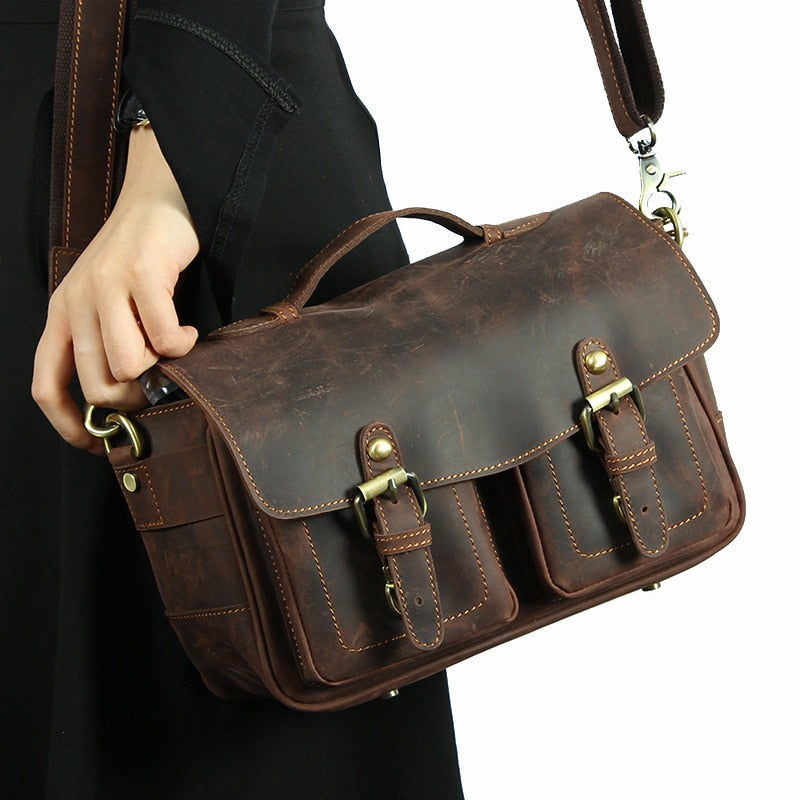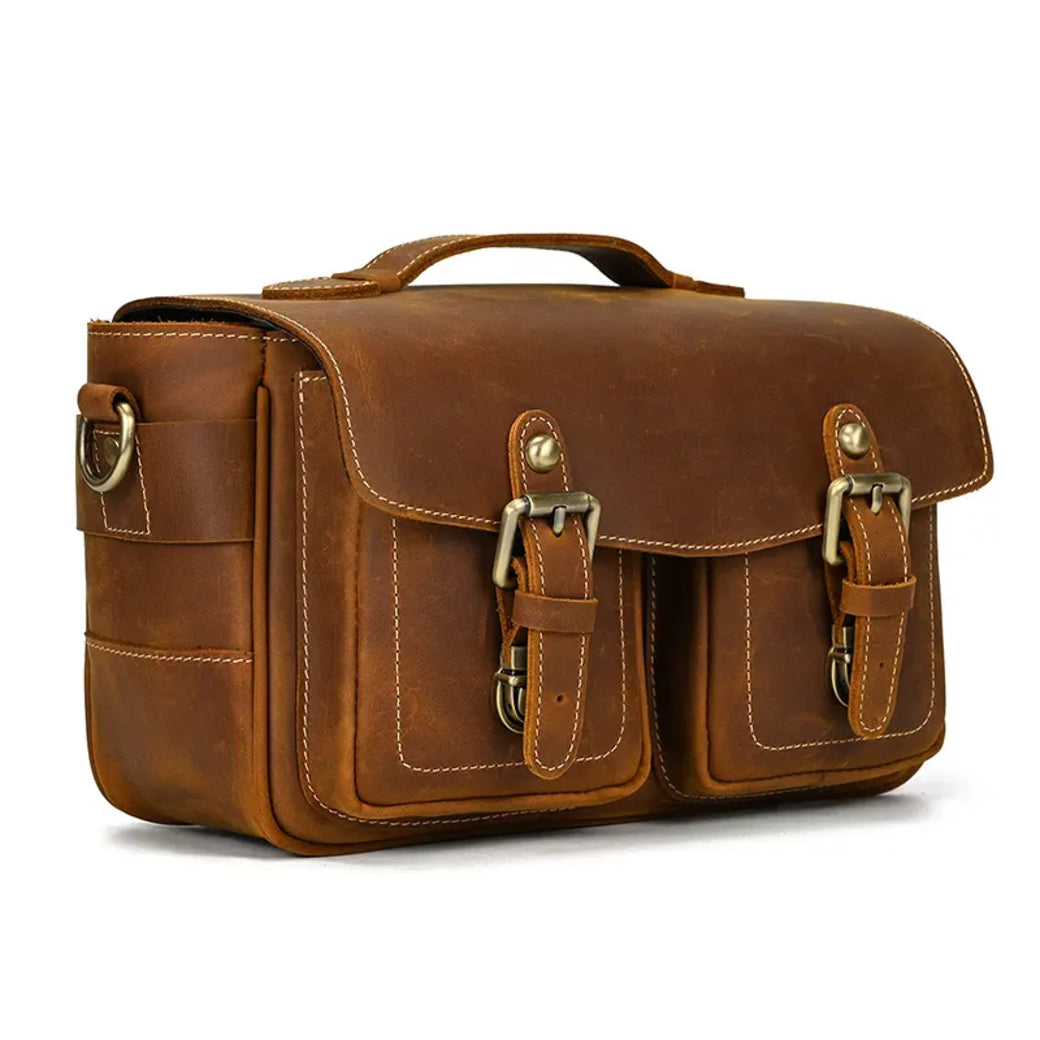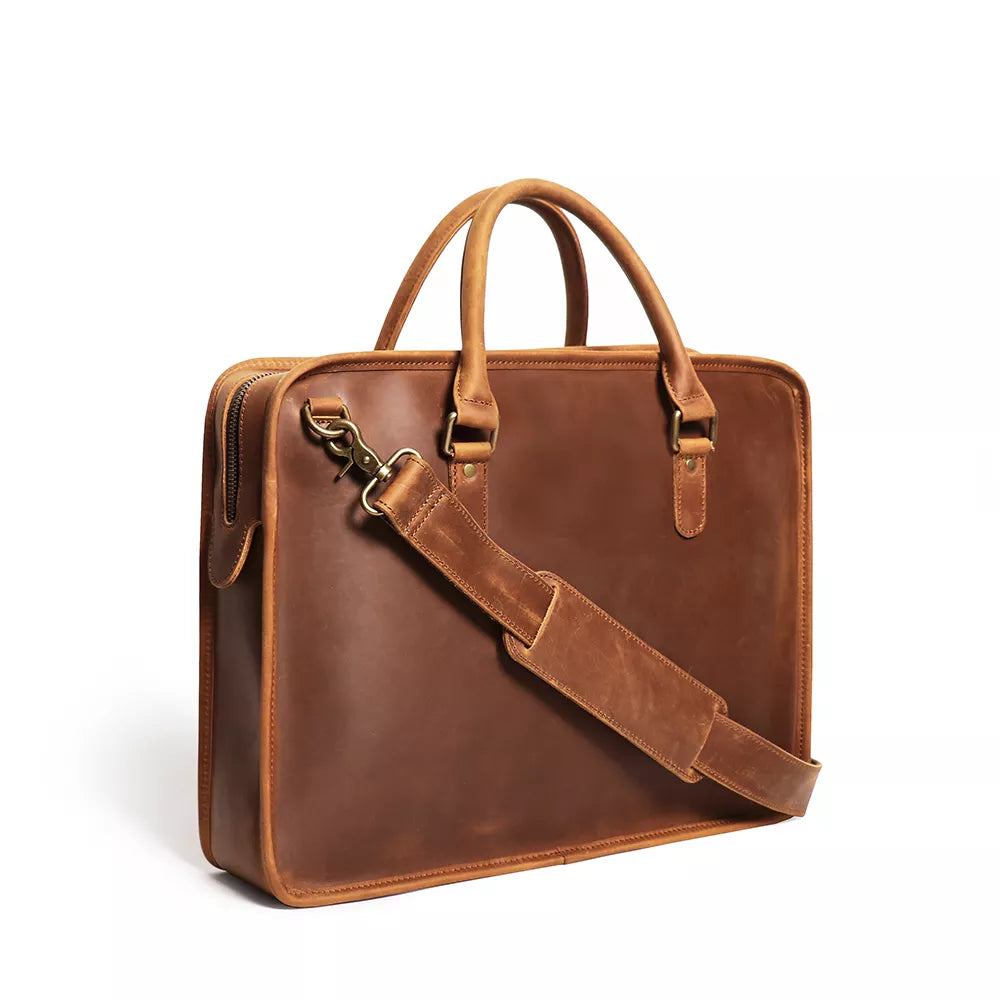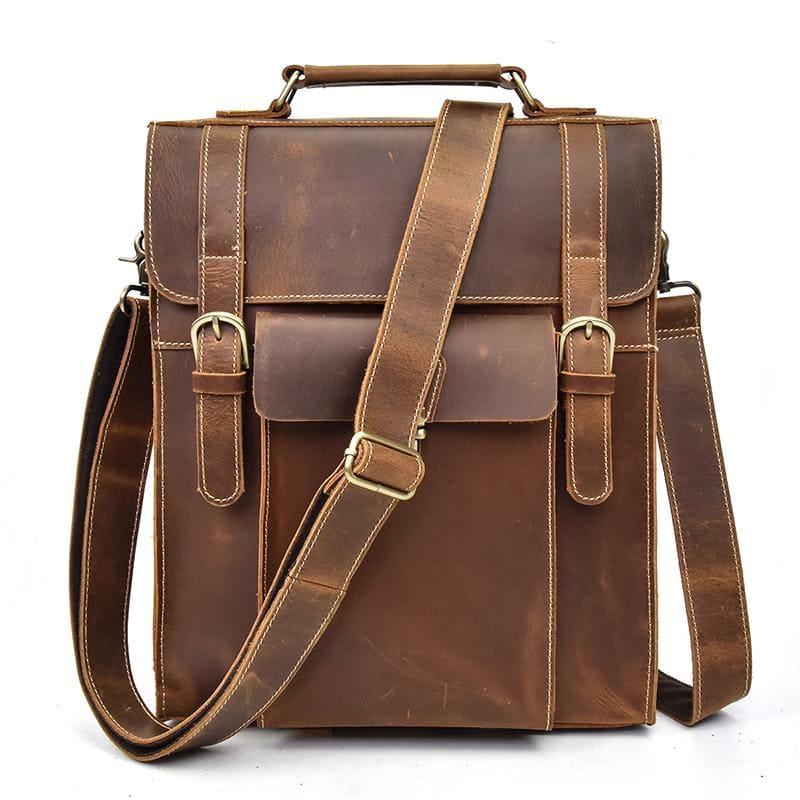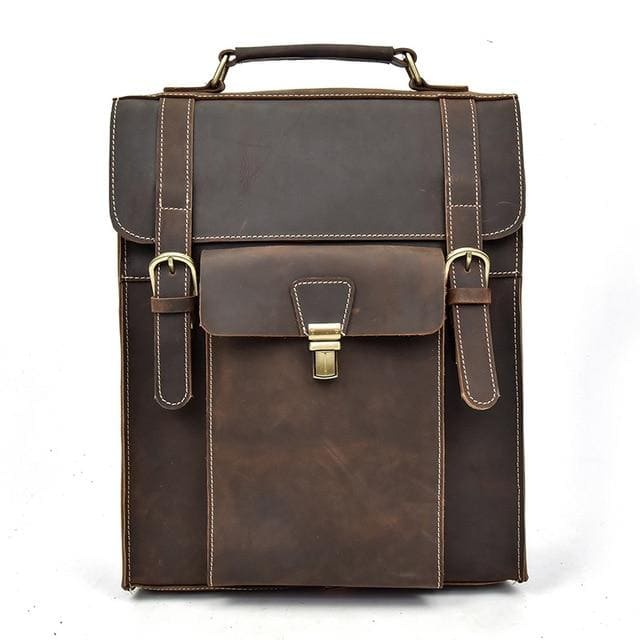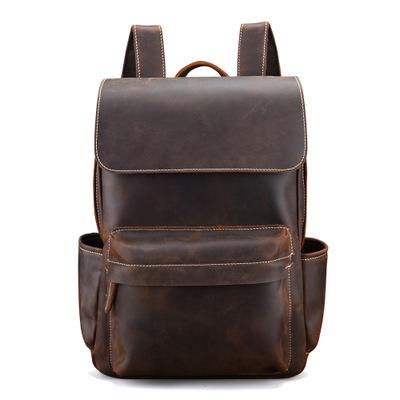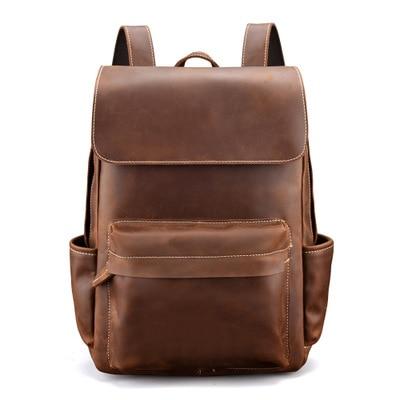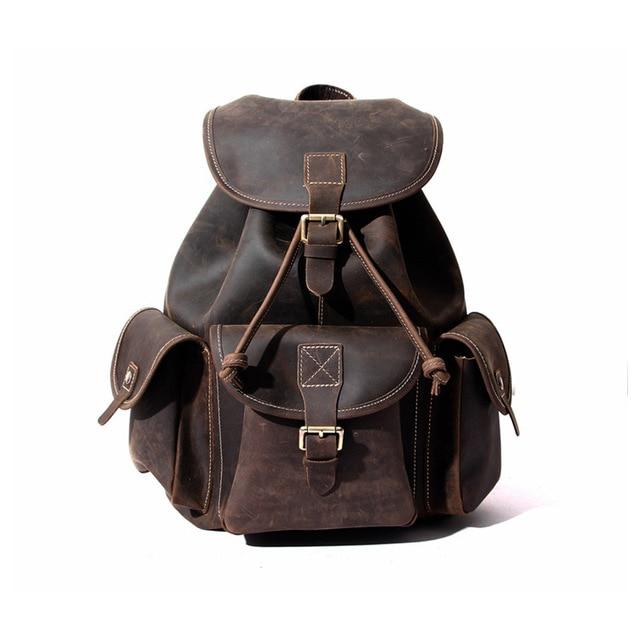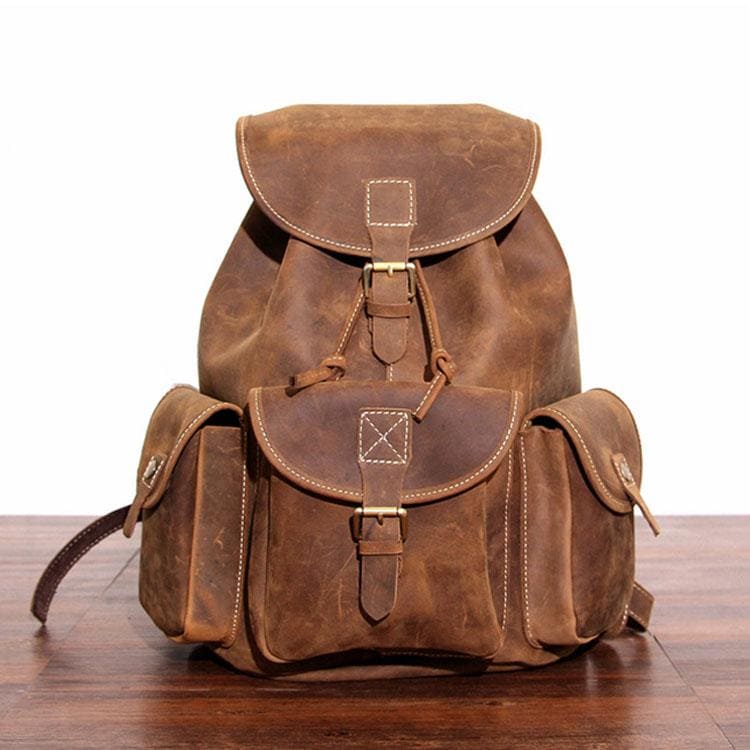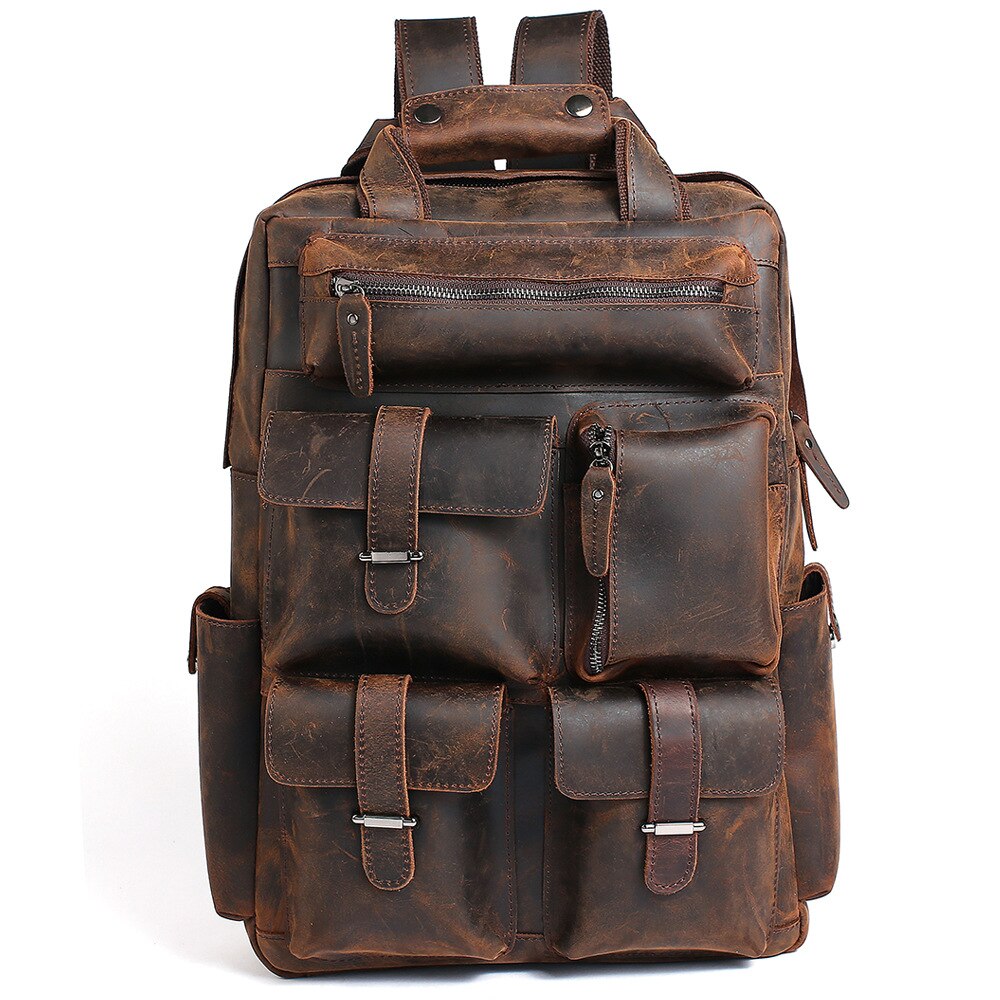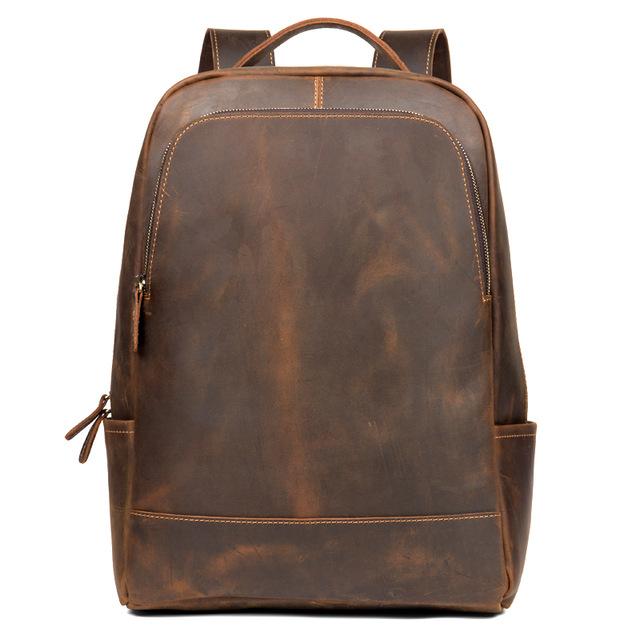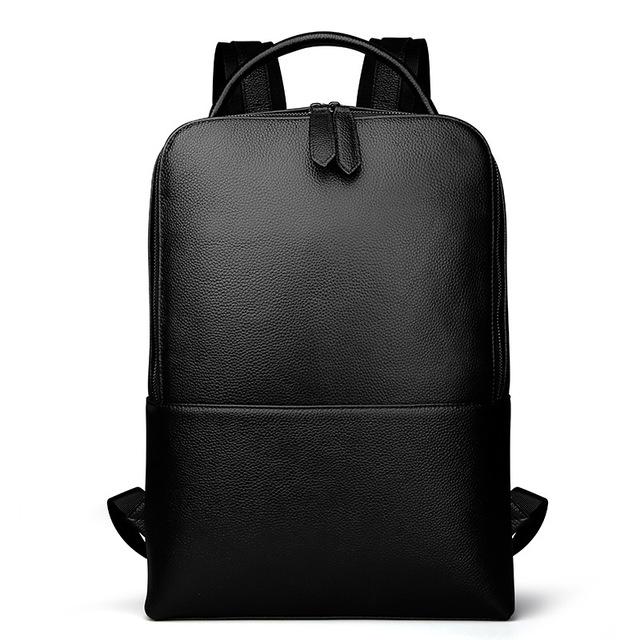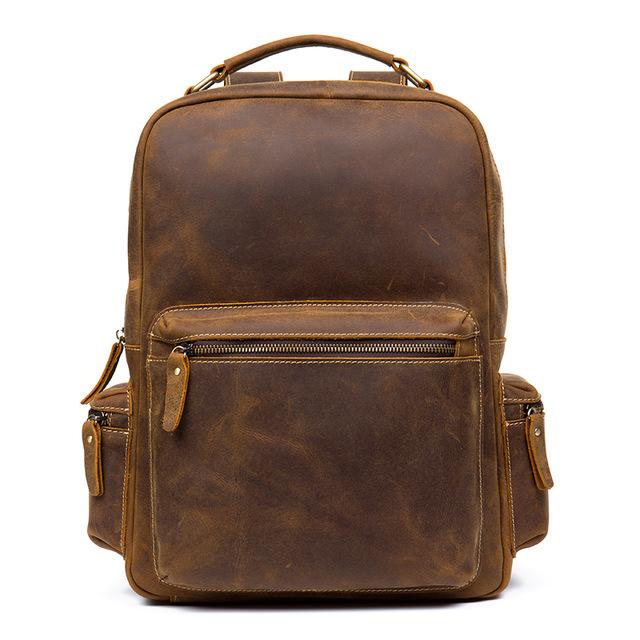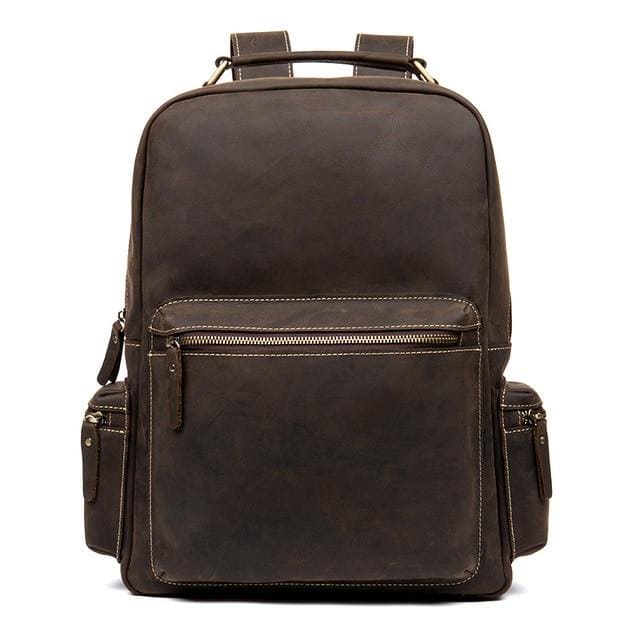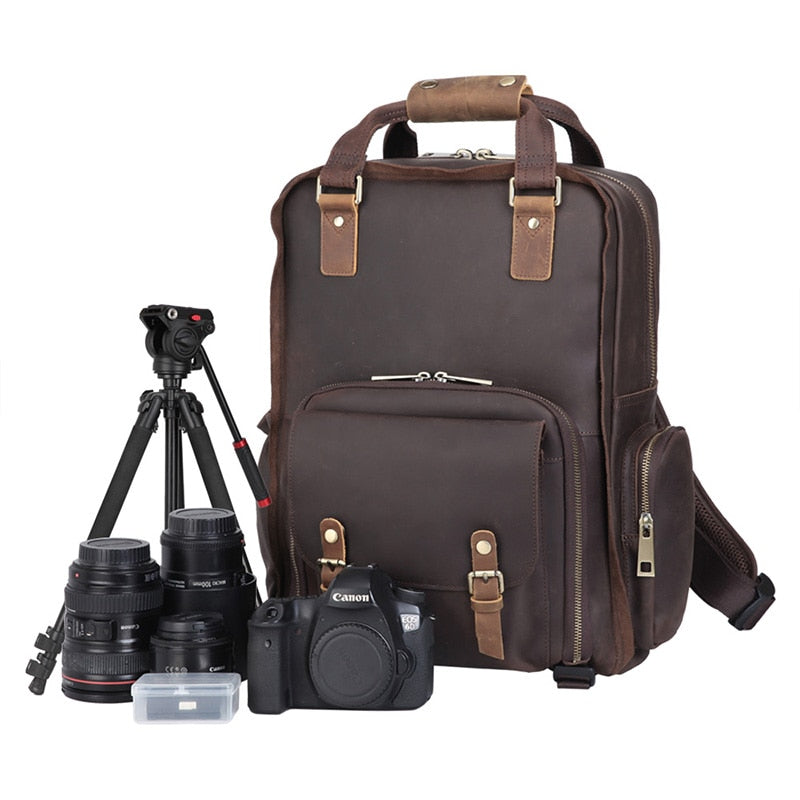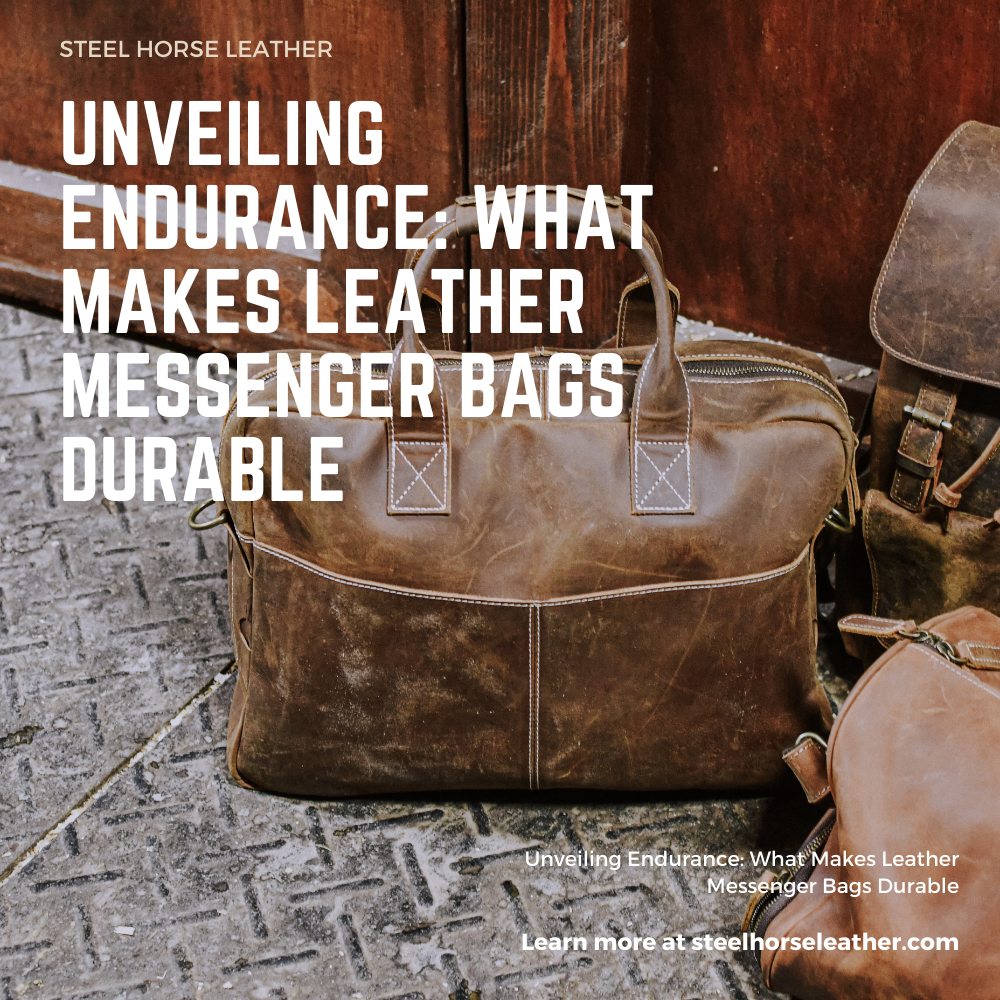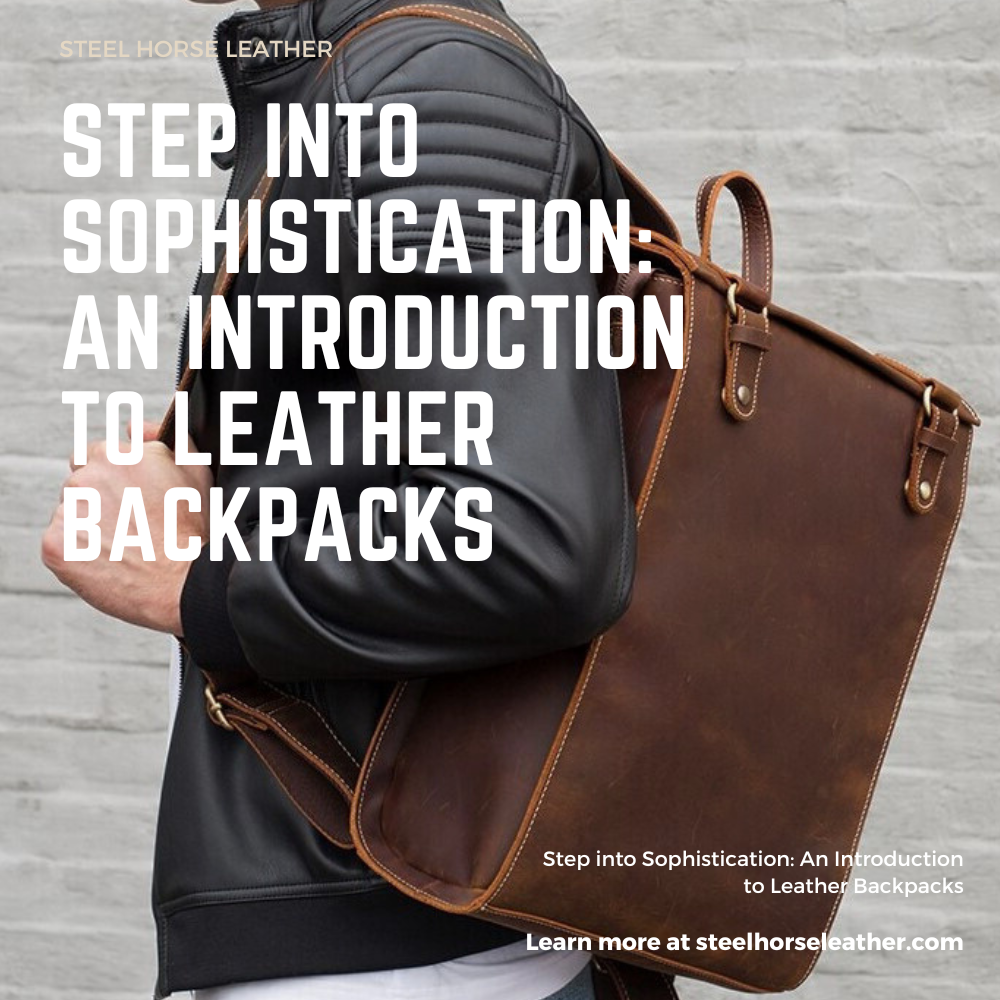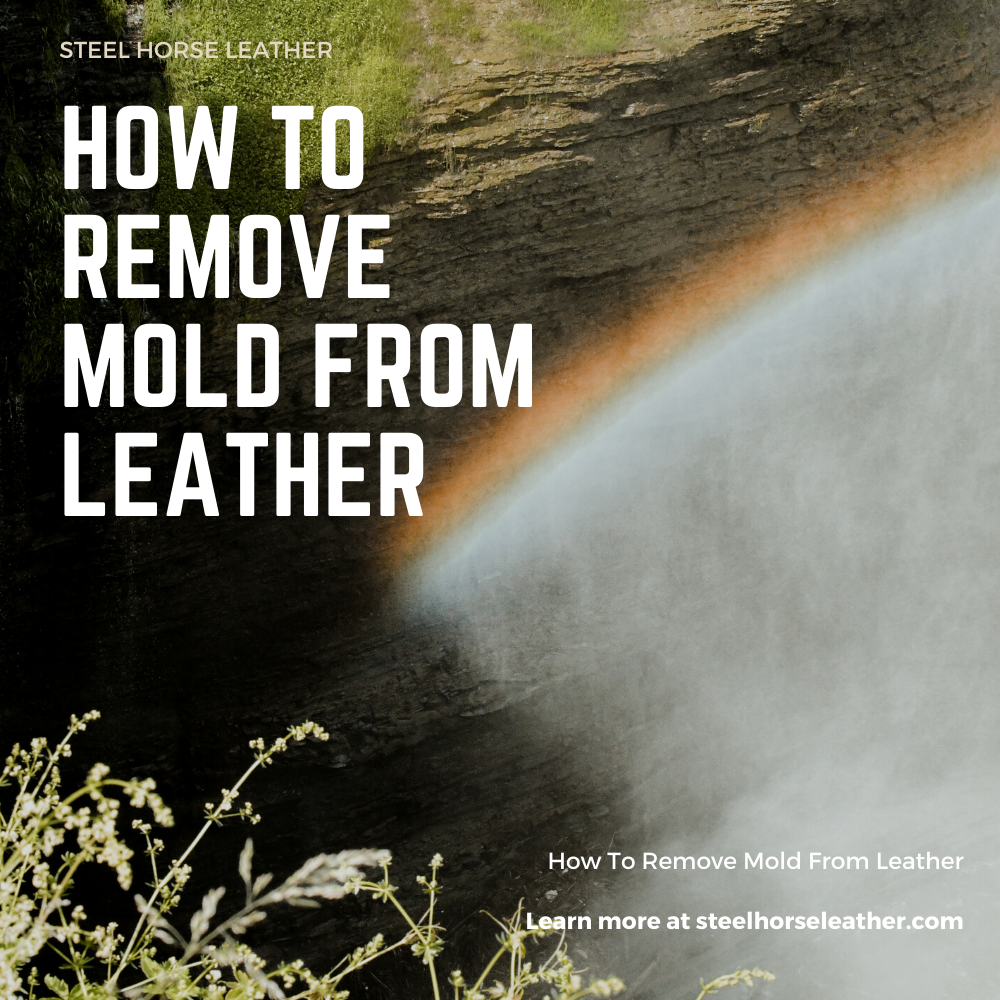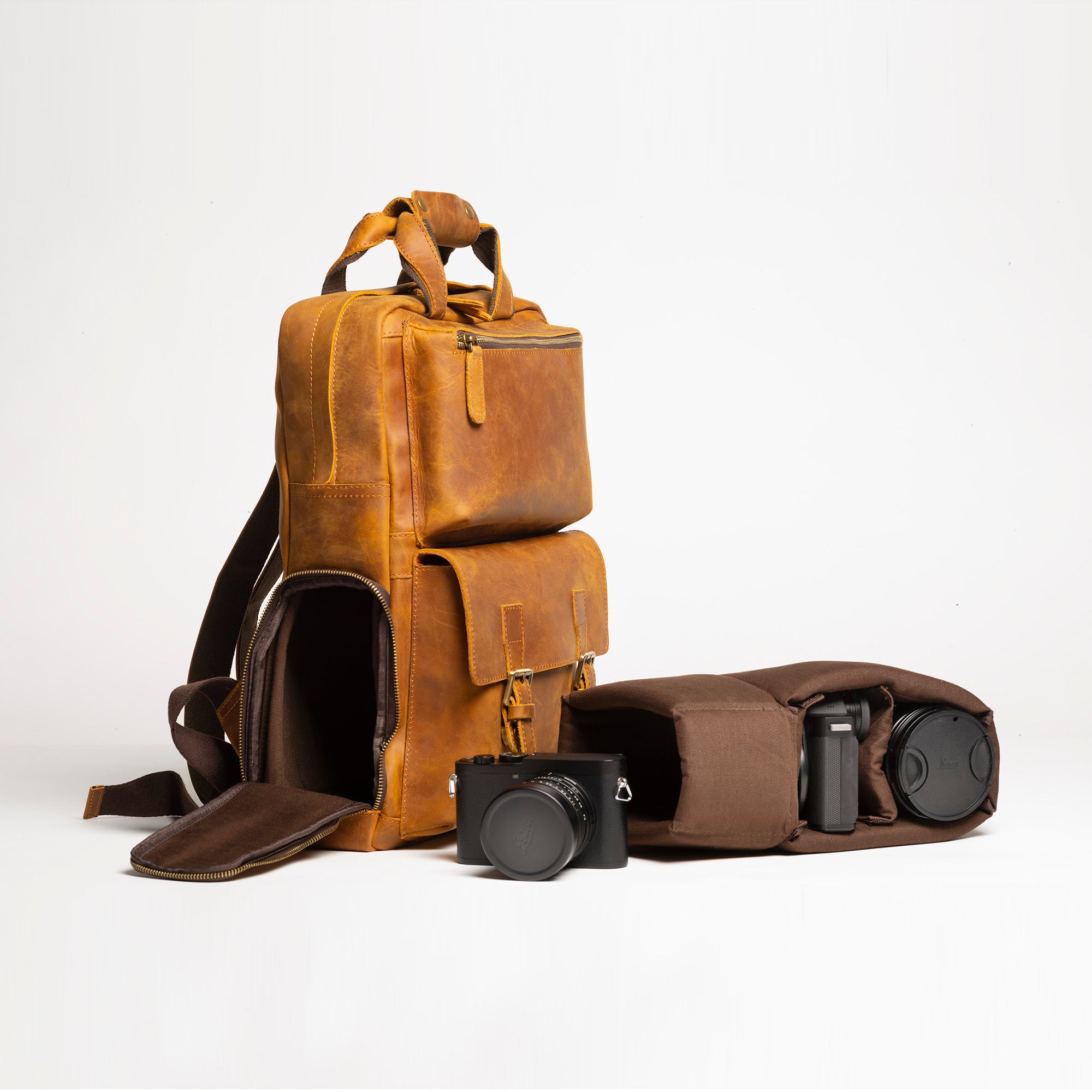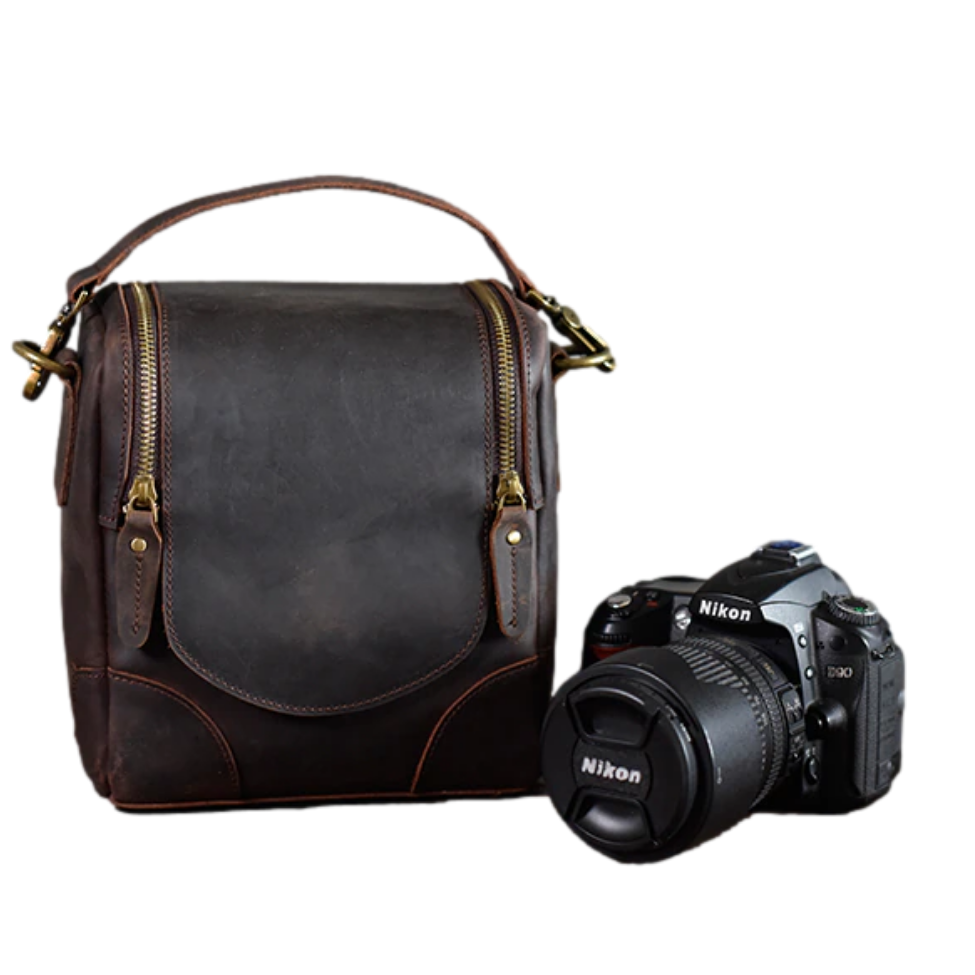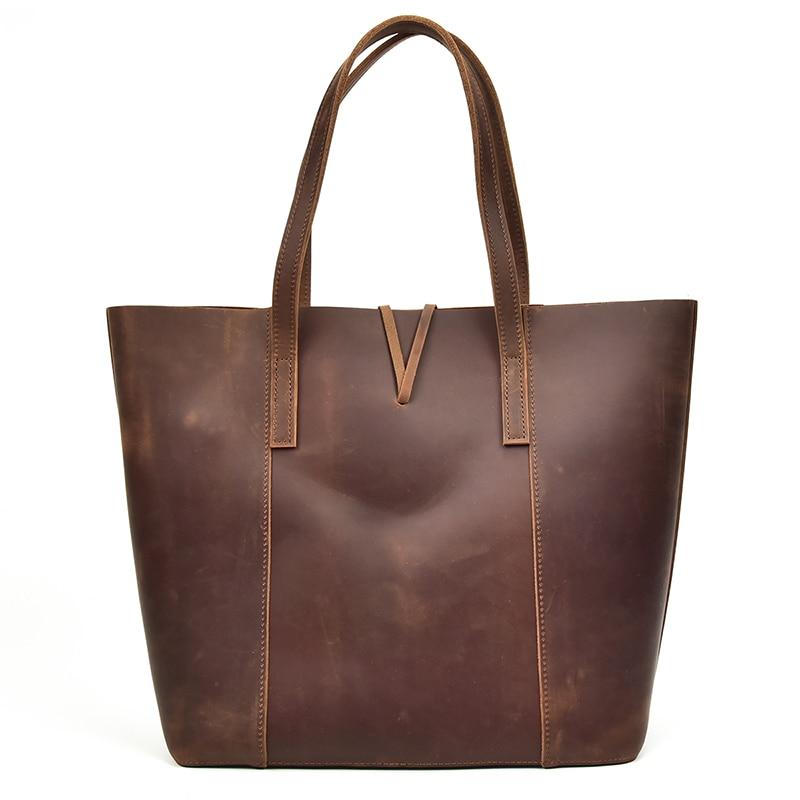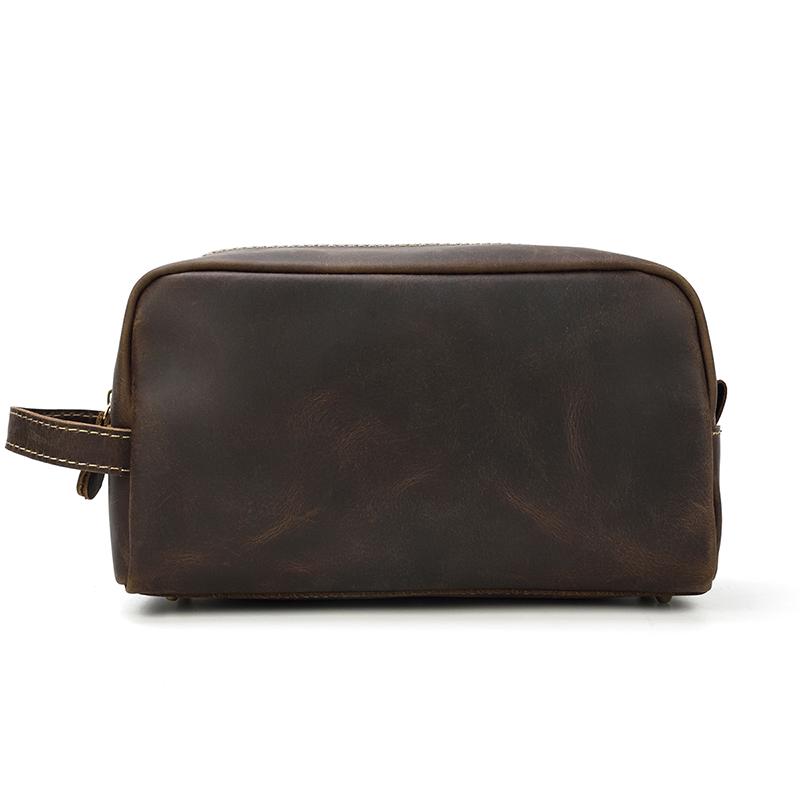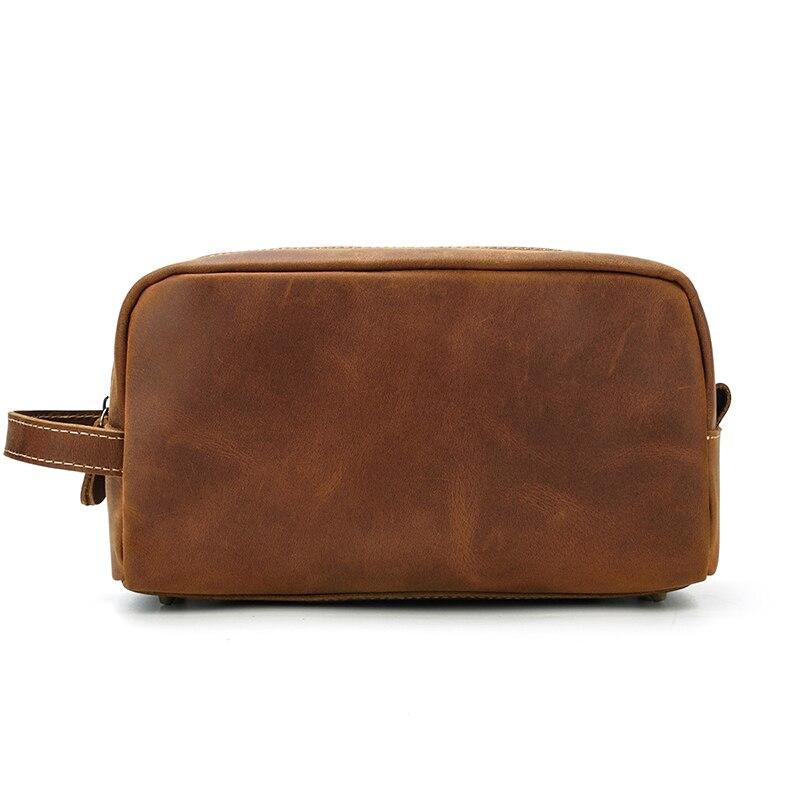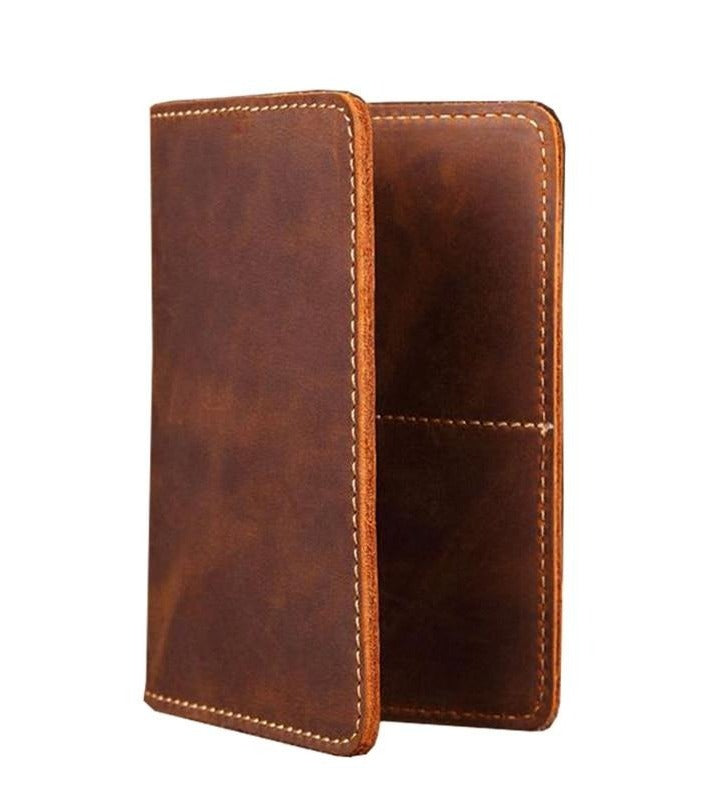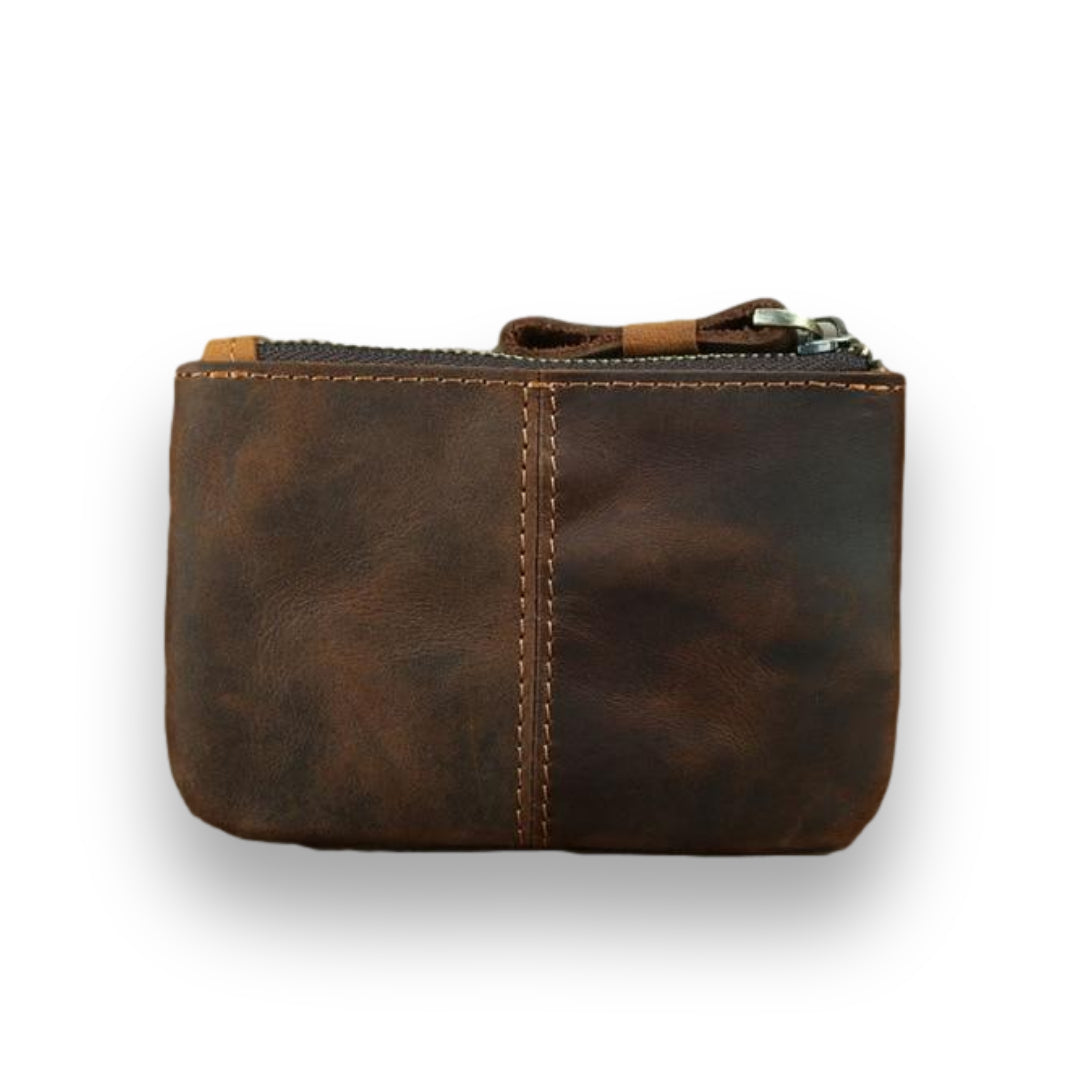Knowing if your leather product is waterproof or water-resistant is critical if you want to use it in environments where it may come into touch with water. Leather and water do not mix well, despite the fact that leather has some inherent water resistance. This is OK if it comes into touch with little amounts of water (for example, light rain), but because real animal leather is a porous material, it will never be completely waterproof.
Key Takeaways
- True waterproofing of leather is impossible due to its natural porosity, but water resistance can be significantly enhanced through proper treatment
- Different types of leather require different approaches to water protection, with full-grain and top-grain leather being naturally more resistant
- Regular maintenance through conditioning and waterproofing treatments is essential for extending leather's lifespan
- Natural solutions like beeswax can be as effective as commercial products for waterproofing leather
- Proper drying and immediate treatment of wet leather is crucial to prevent damage and maintain quality
Waterproofing Leather: A Brief History
The relationship between leather and water resistance has evolved significantly over the centuries, transforming from rudimentary methods to advanced techniques. Different types of leathers, including full-grain leather, genuine leather, and nubuck leather, each present unique challenges in achieving proper water resistance. In ancient times, natural leather was often treated with natural oils and fats, such as mink oil and virgin olive oil, to create a protective layer and repel moisture, a practice that varied widely by region and was largely based on the available natural materials.
The leather-making process, including both vegetable-tanned leather and chrome-tanned leather, has always needed to address the porous nature of this dynamic material. The tanning process itself provides some inherent water resistance, but additional waterproofing treatments became necessary for maximum protection. The introduction of more sophisticated chemical treatments in the 19th century marked a turning point, allowing for enhanced durability and resistance to water damage. Leather conditioners and leather care products, including beeswax cream and waterproof sprays, began to emerge as effective solutions for protecting leather from moisture.
As industrialization progressed, manufacturers began to adopt synthetic compounds, leading to the development of modern waterproofing sprays and protective coatings. Today, leather enthusiasts often explore both traditional and contemporary methods, from homemade solutions to commercial products, ensuring that high-quality leather items maintain their water resistance. Whether treating leather shoes, leather bags, or leather accessories, proper care includes regular conditioning treatments and the application of waterproofing products using a soft cloth or microfiber cloth in a circular motion. This fascinating blend of traditional and modern techniques continues to protect leather from everything from light rain to heavy rain, ensuring that the rich heritage of leather waterproofing continues to thrive in wet weather conditions.
Defining Waterproof vs. Water-Resistant

To determine if the leather is waterproof, you must first define the terms "waterproof" and "water-resistant." These two names are frequently used interchangeably, yet they have completely distinct meanings. If material is water-resistant, it will typically be able to withstand water penetration somewhat, but it will not be totally protected from water damage. For example, it can withstand splashes or a rain shower but not prolonged exposure to large volumes of water. Waterproof, on the other hand, frequently refers to a material that has been treated so that it can be submerged in water without causing any problems or harm. It's vital to know that most waterproof solutions are just temporary.
Historical Context
Leather's history as a tough, durable material dates back thousands of years, according to leather experts Moore & Giles. Its earliest known use include not just sandals and saddles, but also containers for both dry and wet products. In recent years, archaeologists have discovered cave drawings going back to 5000 BCE that depict leather being used for buckets and bottles.
This prompts the question: if the leather was robust enough for military gear and drinkware in the early civilizations, why is there hesitation about wearing it in the rain today? The solution is convoluted. Leather isn't waterproof in the traditional sense. It does, however, have some inherent water resistance that may be enhanced with the correct treatments.
Types of Leather and Their Water Resistance

|
Type of Leather |
Description |
|---|---|
|
Faux Leather |
Made with plastic, faux leather is inherently waterproof due to its construction, eliminating the need for additional treatments. |
|
Synthetic Leather |
Thinner and of lower quality than real leather, synthetic leather absorbs moisture like genuine leather and requires protective sprays for water resistance. |
|
Nubuck Leather |
A polished form of full-grain leather with a fine, durable suede-like surface. Requires additional waterproofing sprays for regular outdoor use. |
|
Suede Leather |
Soft and delicate, suede is made from the underside of the skin. It is prone to staining, scratching, and discoloration and should not be stored in humid environments. |
|
Full and Top Grain Leather |
The most durable and weather-resistant leathers made from the toughest parts of the animal skin. They require waxing or spraying to achieve water resistance. |
Different types of leathers have varying levels of water resistance. The type of treatment given to the leather can also affect its water-resistant properties.
Faux Leather
Many people assume that when it comes to waterproofing, Faux leather has many of the same attributes as real leather. The materials are, in fact, extremely different. One of the most frequent methods of making real leather waterproof is to put a plastic-based layer of protection to the leather's surface, which renders it totally water-resistant. Plastic is already used in the production of faux leather. This renders the building itself watertight, eliminating the need for additional safeguards.
Synthetic Leather
This leather is generally thinner and of inferior quality to real leather. Because synthetic leather is not comprised of plastic, it absorbs moisture like genuine leather. To make it water-resistant, it must be sprayed with a protective spray.
Nubuck Leather
Nubuck leather is a polished down form of full-grain leather. The surface becomes an extremely fine, yet long-lasting form of Suede. Nubuck is inherently resistant to small amounts of water, but it requires additional waterproofing from a specific spray to be useful for regular outdoor wear.
Suede Leather
Suede is one of the most delicate leathers on the market. Why? Because it lacks the hardwearing exterior of normal leather. Suede, on the other hand, is created from the underside of the skin. It is then massaged to soften the fibers on its surface, giving it the velvety texture we all anticipate.
Suede is derived from the same animal as other leathers, but it lacks the same amount of durability. Suede is far more prone to staining and scratching than regular leather, and it will discolor if exposed to direct sunlight for an extended period of time. It should not be stored in humid spaces such as bathrooms or kitchens since the moisture in the air will wreak havoc on its delicate surface.
Full and Top Grain Leather
Because they are made from the hardest sections of the animal skin, full grain and top grain leathers are the most durable and weather-resistant varieties of leather available. In its raw state, this leather is not completely waterproof. To make it as waterproof as feasible, it must still be waxed or sprayed with treatment. Most high-quality products that must be robust or utilized on outdoor surfaces are made of full grain or top grain leather.
Because they are made from the hardest sections of the animal skin, full grain and top grain leathers are the most durable and weather-resistant varieties of leather available. Our experience with The Colden Duffle Bag, crafted from premium crazy horse leather (a type of full-grain leather), demonstrates this durability perfectly. During our product development phase, we observed how this leather develops a unique patina over time while maintaining its water-resistant properties. While not completely waterproof in its raw state, this leather responds exceptionally well to waterproofing treatments.
Effects of Water on Leather

Wet leather has various undesirable side effects, including changes in texture and look, as well as odor and decay. Because raw leather is porous, it absorbs moisture. As the material dries, it stiffens, and its lovely soft surface might be completely destroyed. If the leather does not dry quickly enough and the water stays adsorbed, it will likely begin to fester, allowing germs to develop and eventually decay.
Texture and Appearance Changes
When leather is wet, the texture changes from supple and soft to brittle and hard (and extremely heavy). Water permeates the substance and binds with the natural oil molecules in the leather, causing this process to occur. Leather, like human skin, requires oil for its moisturizing and conditioning characteristics. As a result, when the water evaporates and takes the oil molecules with it, you're left with a dried-out product. Leather rot (or dry rotting) develops when the leather splits and becomes brittle.
Stains and Odors
Splashes will not dry out your leather products, but they will leave unsightly stains and watermarks. Salt is sometimes used in the tanning process of the leather, and when the material becomes wet, the inside salt can rise to the surface and cause salt stains.
Leather items can develop a stale odor when exposed to excessive moisture or humidity. Consider a briefcase made of vegetable-tanned leather that has a naturally earthy, deep fragrance. If it's kept in a wet closet or isn't allowed to dry properly after being caught in the rain on your way home, mildew and mold can grow fast. It will lose its distinctive odor and take on a musty, unpleasant odor.
How to Fix Wet Leather
If your leather product becomes wet, make sure to brush away any extra water molecules and allow the product to dry naturally to the point of being slightly moist. Never let the leather dry entirely, and never use abnormal heat (like a hairdryer). When the leather is moist, use a microfibre cloth or a soft-bristled brush to apply the leather conditioner and let it for several hours. The conditioner enters the pores of the leather, replenishing any dissipated oils. When the hair is dry, add more conditioner as needed.
Benefits and Methods of Waterproofing Leather

Waterproofing leather provides a number of apparent benefits, like keeping your premium full-grain leather wallet or bag looking newer for longer. Simply put, when leather is treated with a waterproofing compound, there is less likelihood that water will enter the surface and interfere with the natural oils that make the material supple. This results in a product that seems healthier, with a more uniform and natural appearance and texture.
Key Benefits
Another advantage of waterproofing leather is that it significantly enhances the lifespan of a product. Because waterproofing treatments provide a protective layer, leather is less prone to get dry and cracked, making it more durable and giving you more wear. Similarly, the likelihood of your leather accessory developing rot is greatly decreased.
Finally, waterproofing your leather provides superior overall protection against the weather. This is critical for items intended for outdoor usage. Take a look at a good pair of leather boots. They may be water-resistant, but further treatment will guarantee your feet stay dry at all times, neutralizing the impacts of inclement weather.
Waterproofing Process
Remember that genuine leather is a natural material that is extremely porous and will never be totally waterproof. However, there are a few techniques to protect leather against water, which is the closest thing to leather waterproofing. One alternative is to use a spray protectant or other professional waterproofing solution intended exclusively for leather. Another alternative is beeswax cream. Beeswax is a natural waterproofing solution that has been discovered to be particularly good at leather waterproofing.
DIY Beeswax Cream Recipe
Supplies needed:
- 1 cup extra virgin olive oil
- 2 ounces beeswax
- Glass Jar
- Medium pan of cold water
- Clean, soft buffing cloth
Steps:
- Combine ingredients: Pour the extra virgin olive oil into the glass jar. Break the beeswax into pieces and add to the jar. Place jar into a pan of cold water.
- Heat: Warm the pan over the stove. Stir the mixture in the jar until the beeswax has completely melted into the olive oil.
- Cool: Remove the pan from the heat. Remove the heated jar from the pan with caution. Stir the wax/oil mixture constantly until it cools and stiffens. Make yourself at ease; this will take anything from 10 to 20 minutes.
- Apply: Spot test the cream on an inconspicuous part of the leather after it has cooled and hardened. Then, start with clean leather and apply the cream while gently polishing the leather surface.
How to Apply Wax to Leather
- To begin, make certain that the leather's surface is absolutely clean. Hard stains and dirt marks will prevent the wax from penetrating the leather, thus they must be cleaned as thoroughly as possible.
- Then, using a tiny bit of wax at a time, apply it to the affected area. It's preferable to start with the wax and then go on to the cloth. Do not apply a dollop straight on the leather. The wax works best when it's distributed evenly, so if it's too firm when you first open it, warm it up with a torch or hairdryer. To avoid overheating the wax, go gently.
- After you've applied an equally distributed coating of wax, allow it to dry naturally. This should take around an hour, if not less. Place the leather item in a cool, well-ventilated area. Heat or direct sunlight should not be used to speed up the drying process since this might harm the color or distort the surface of the leather.
- When the leather has completely dried, use a dry towel to buff away any remaining wax. This should leave a wonderful protective shine on your leather's surface that repels water, oil, and even dust.
Leather Conditioning Process
Conditioning, like waxing, is a simple procedure that you can do yourself. It will restore your leather to its original condition while also increasing its water-resistant properties. Over-conditioning leather is typically not a smart idea. Leather is typically utilized for its strength, particularly in maintaining the construction of shoes and bags. The more you condition it, the more pliable it becomes. Don't overdo it because you don't want these products to lose all of their strength and form.
Steps for Conditioning Leather:
- Conditioning, as opposed to waxing, necessitates that the leather is damp. As the water evaporates from the leather's surface, the material will be able to absorb more of the conditioning treatment. You do not need to soak the leather, but it should be moist before applying the conditioner.
- You may massage the conditioner into the leather with a tiny cloth or your fingertips. You must ensure that the conditioner is massaged into every part of the leather, so get your fingers engaged when treating difficult-to-reach regions.
- Allow the leather to dry naturally at room temperature after removing any leftover conditioner.
Why Trust Our Leather Care Expertise?

At Steel Horse Leather, our deep understanding of leather care and maintenance comes from decades of hands-on experience in leather craftsmanship. Our master artisans have dedicated their lives to perfecting their craft, working intimately with various types of leather and developing comprehensive knowledge of how this natural material responds to different environmental conditions and treatments. This expertise isn't just theoretical – it's built on years of practical experience creating and maintaining high-quality leather products that stand the test of time.
Our commitment to leather excellence extends beyond mere craftsmanship. We've invested considerable resources in understanding the complete lifecycle of leather, from sourcing to final treatment. Through our extensive work with various tanneries and our holistic approach to leather procurement, we've gained invaluable insights into the chemical and physical properties of different leather types. This knowledge allows us to provide accurate, tested advice on leather care and waterproofing techniques that actually work in real-world conditions.
What sets our expertise apart is our obsessive attention to detail and our commitment to traditional methods combined with modern understanding. Our artisans work daily with full-grain, top-grain, and various other leather types, giving us firsthand experience with how different leathers respond to water exposure and various treatment methods. This practical knowledge, combined with our dedication to ethical sourcing and production, ensures that our recommendations for leather care and waterproofing come from a place of genuine expertise and proven results.
Frequently Asked Questions
How Often Should I Waterproof My Leather Items?
The frequency depends on usage and exposure to elements. Generally, it's recommended to reapply waterproofing treatments every 3-6 months for regularly used items, or before seasons with heavy rainfall. Watch for signs of water absorption or decreased water resistance as indicators that it's time to reapply.
Can I Use Regular Household Products to Waterproof Leather?
While some DIY solutions exist, it's best to avoid regular household products not specifically designed for leather. These can damage the material or provide inadequate protection. Stick to specialized leather waterproofing products or the natural beeswax method described in the article.
Will Waterproofing Change the Appearance of My Leather?
Quality waterproofing treatments should not significantly alter leather's appearance when properly applied. However, it's always recommended to test any treatment on a small, inconspicuous area first. Some treatments may slightly darken the leather or enhance its natural patina.
Is It Possible to Over-Condition Leather?
Yes, over-conditioning can make leather too soft and cause it to lose its structural integrity. Follow the recommended conditioning schedule and pay attention to how your leather responds to treatment. If the leather feels overly soft or loses its shape, you're likely over-conditioning.
What's the Best Way to Store Leather Items to Prevent Water Damage?
Store leather items in a cool, dry place with good ventilation. Avoid humid areas like bathrooms or basements. Use dust bags for storage and keep items away from direct sunlight and heat sources. Consider using silica gel packets to absorb excess moisture.
Conclusion
Understanding leather's relationship with water and implementing proper care techniques is essential for maintaining leather goods. While complete waterproofing may not be achievable, various treatments and maintenance methods can significantly enhance leather's water resistance and longevity. By following proper care guidelines and regularly maintaining your leather items, you can ensure they remain beautiful and functional for years to come.
























